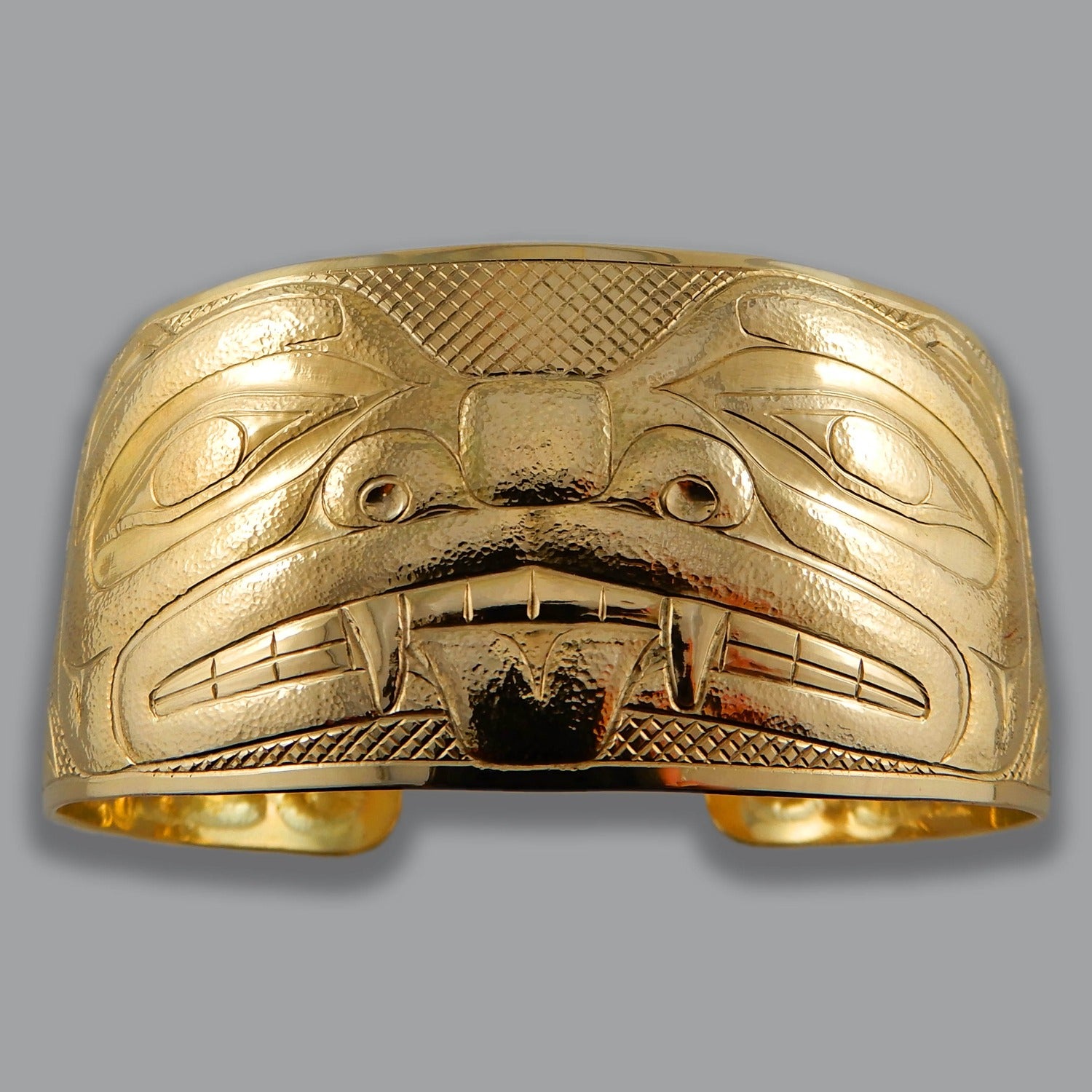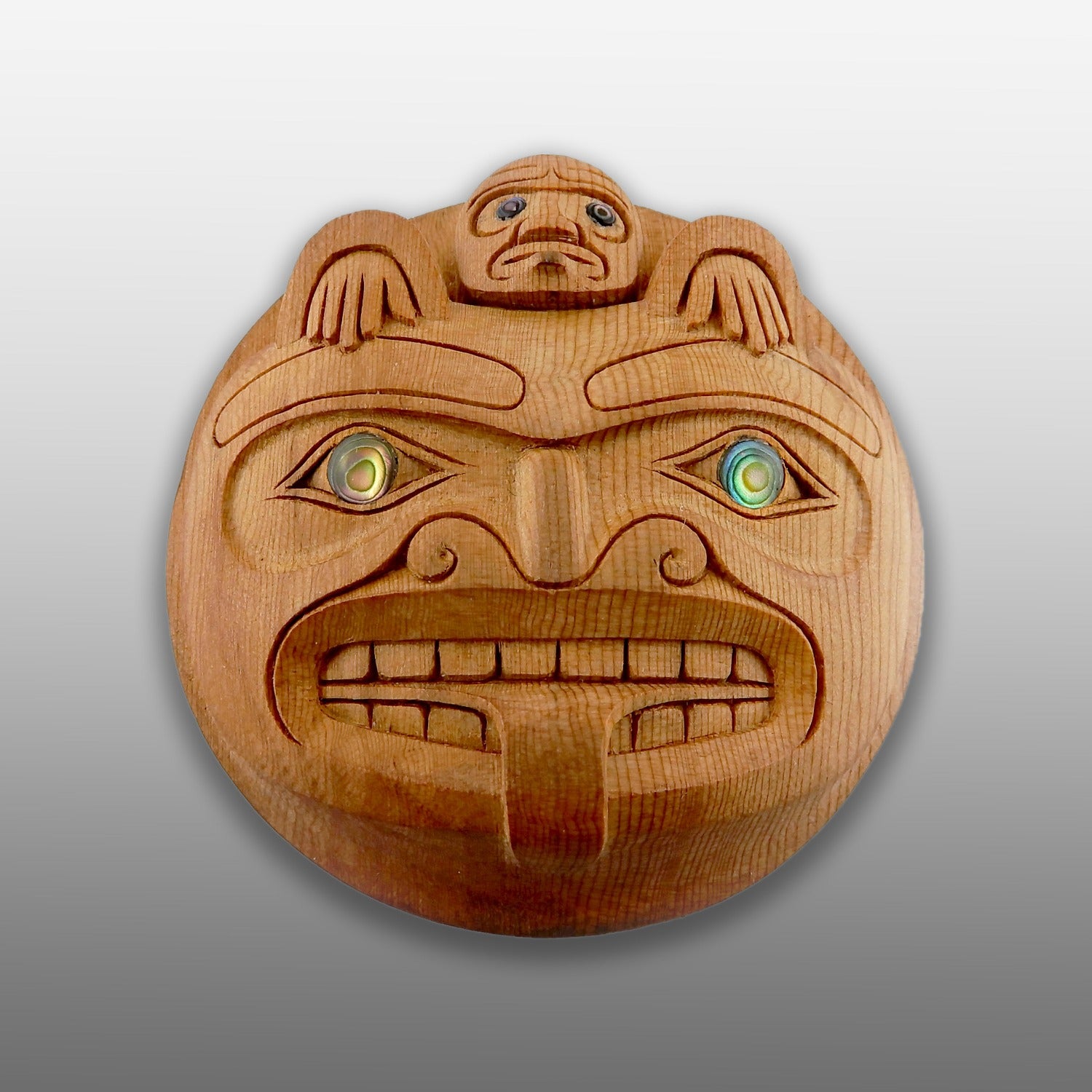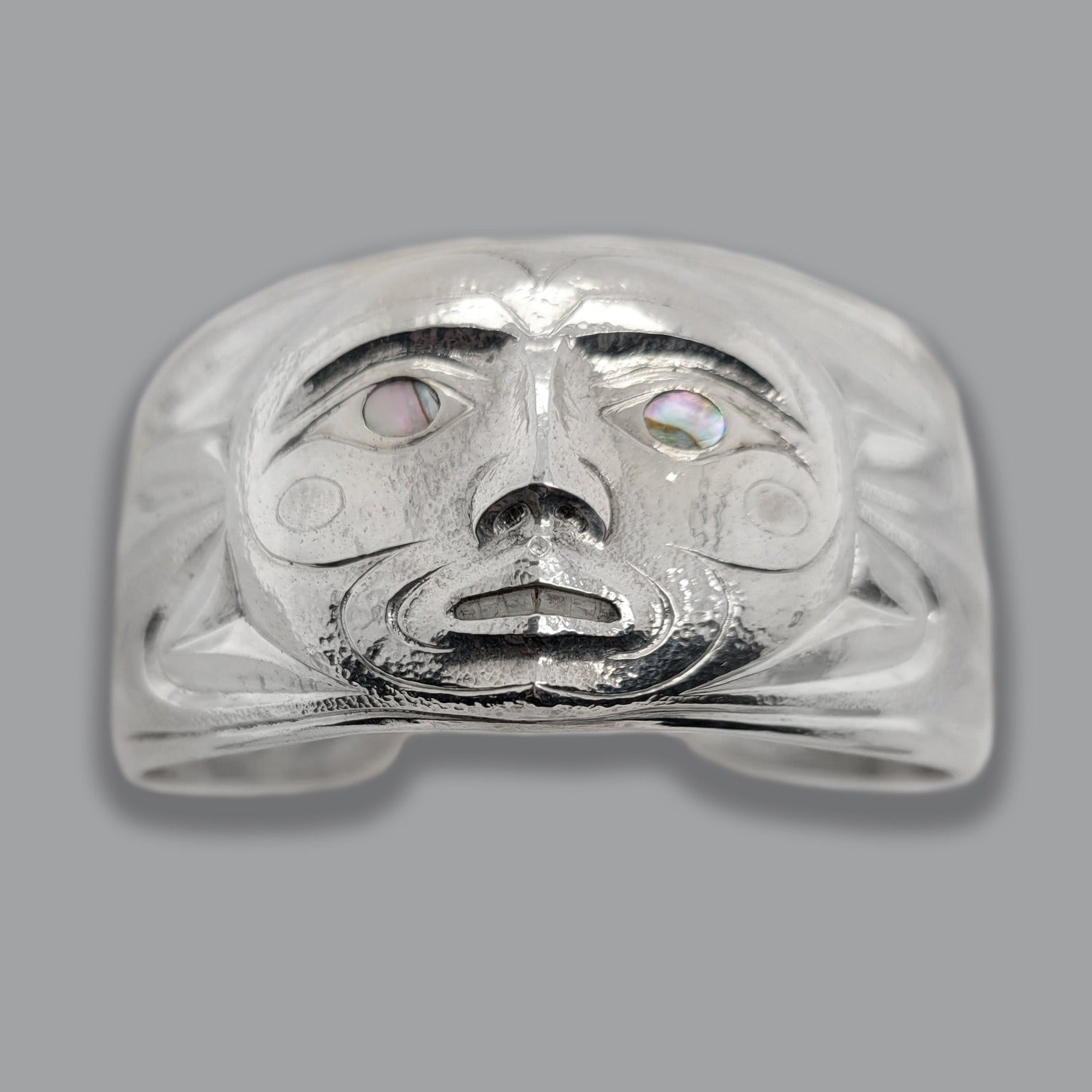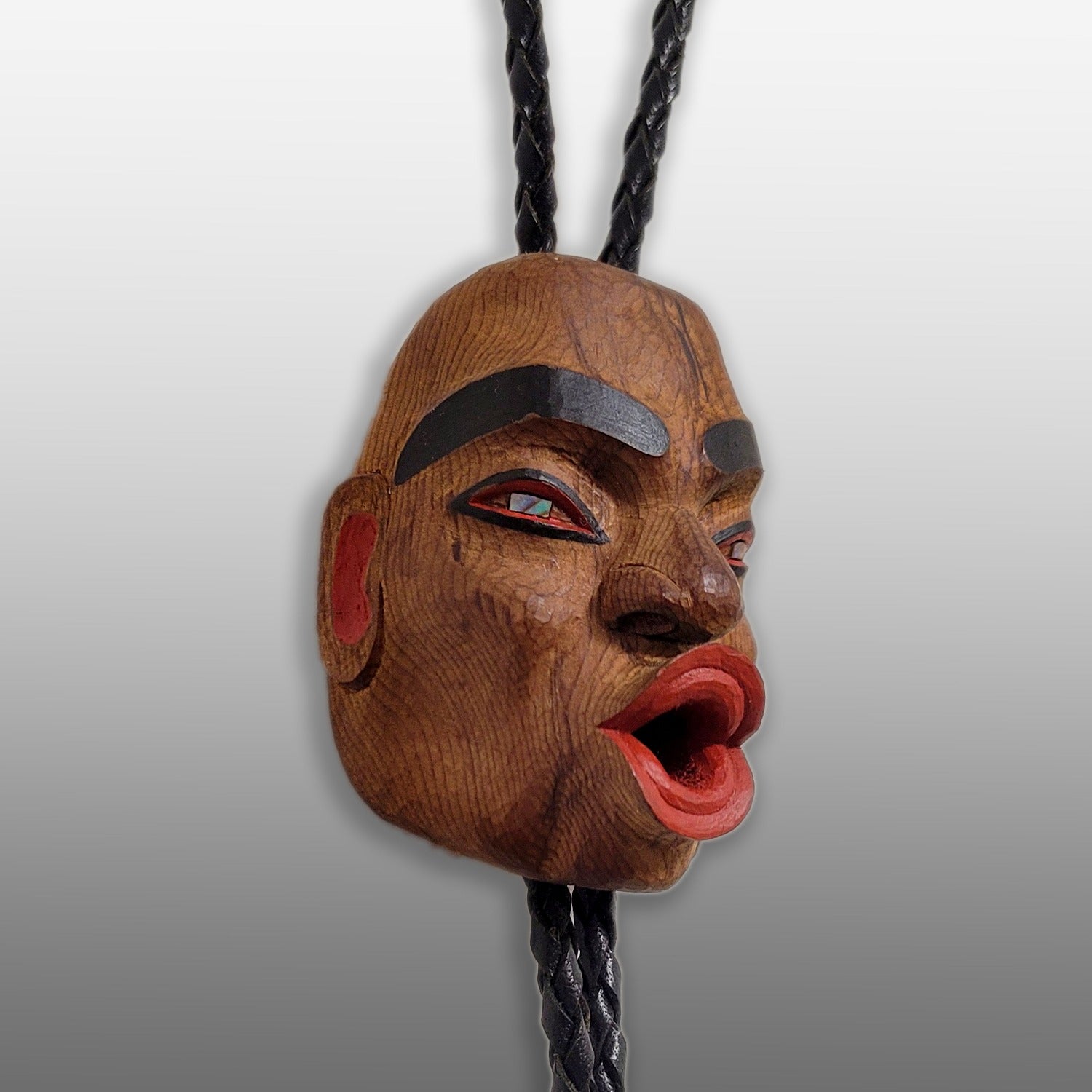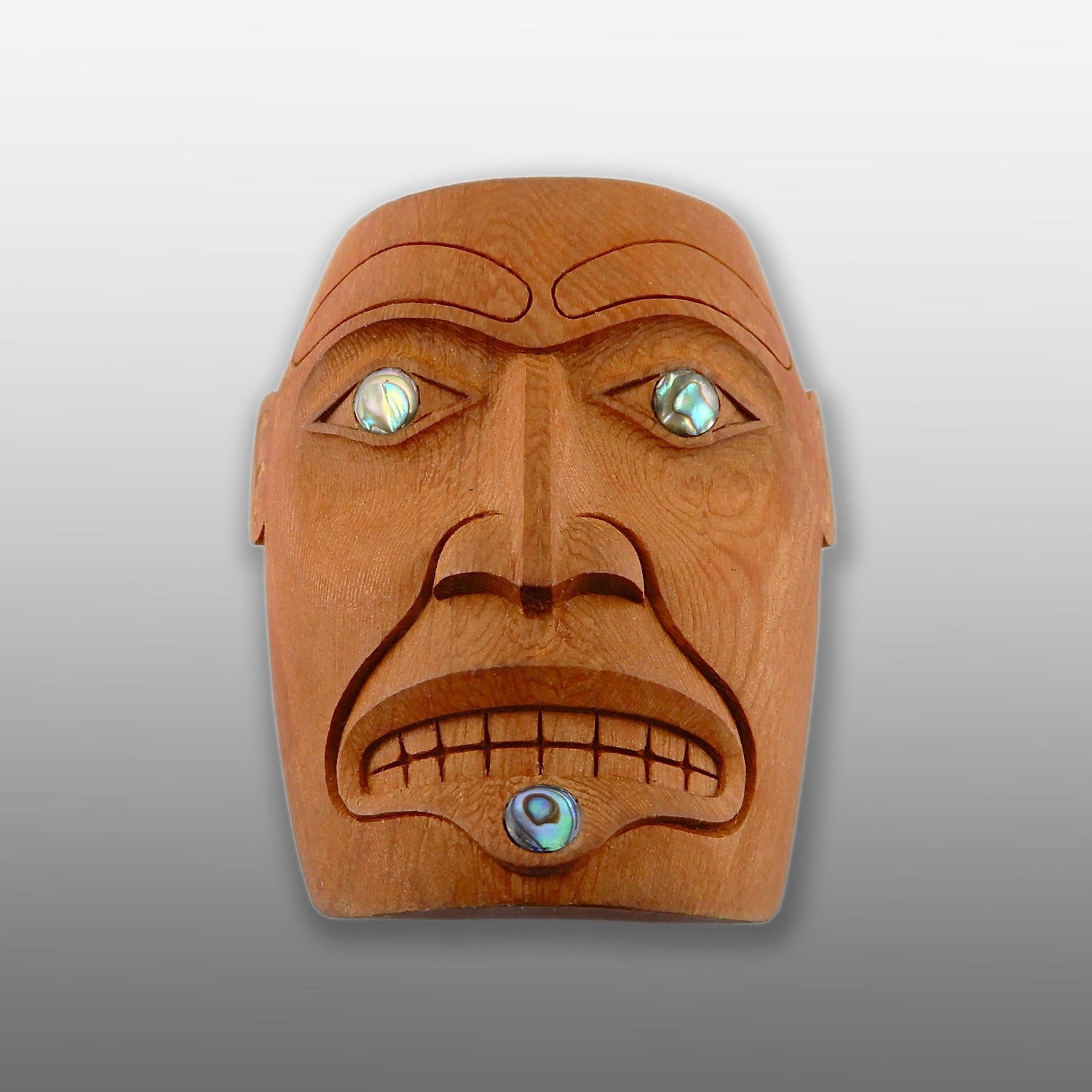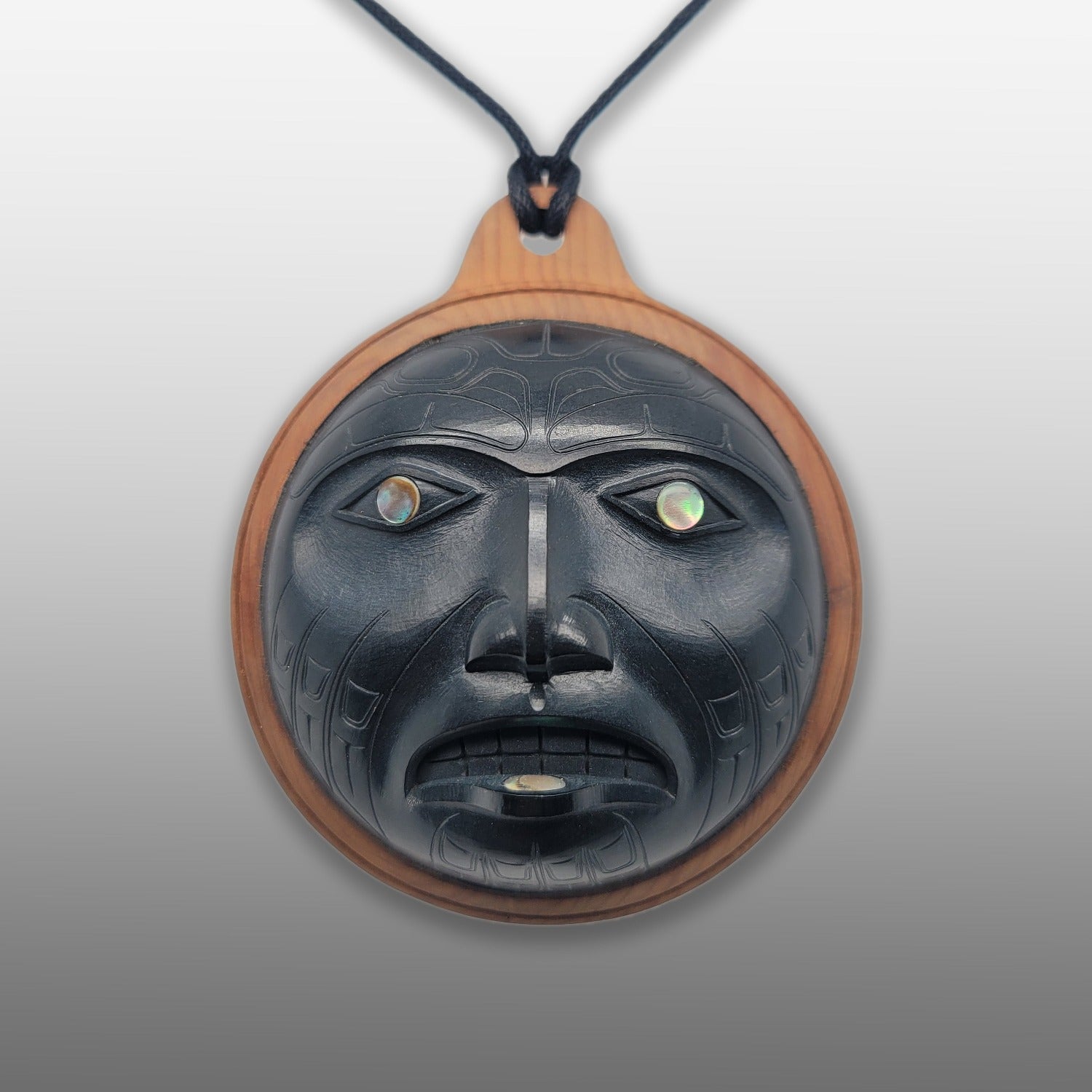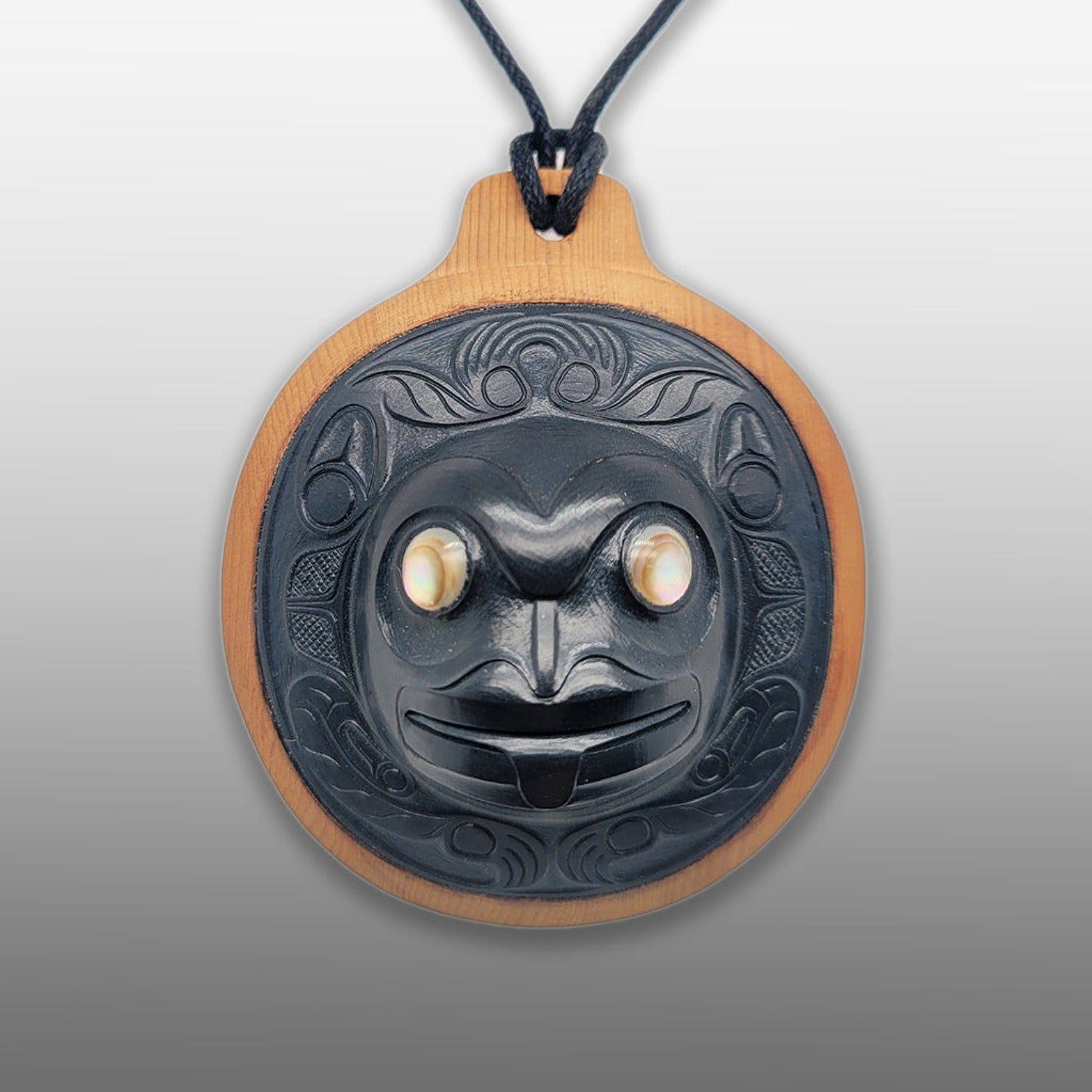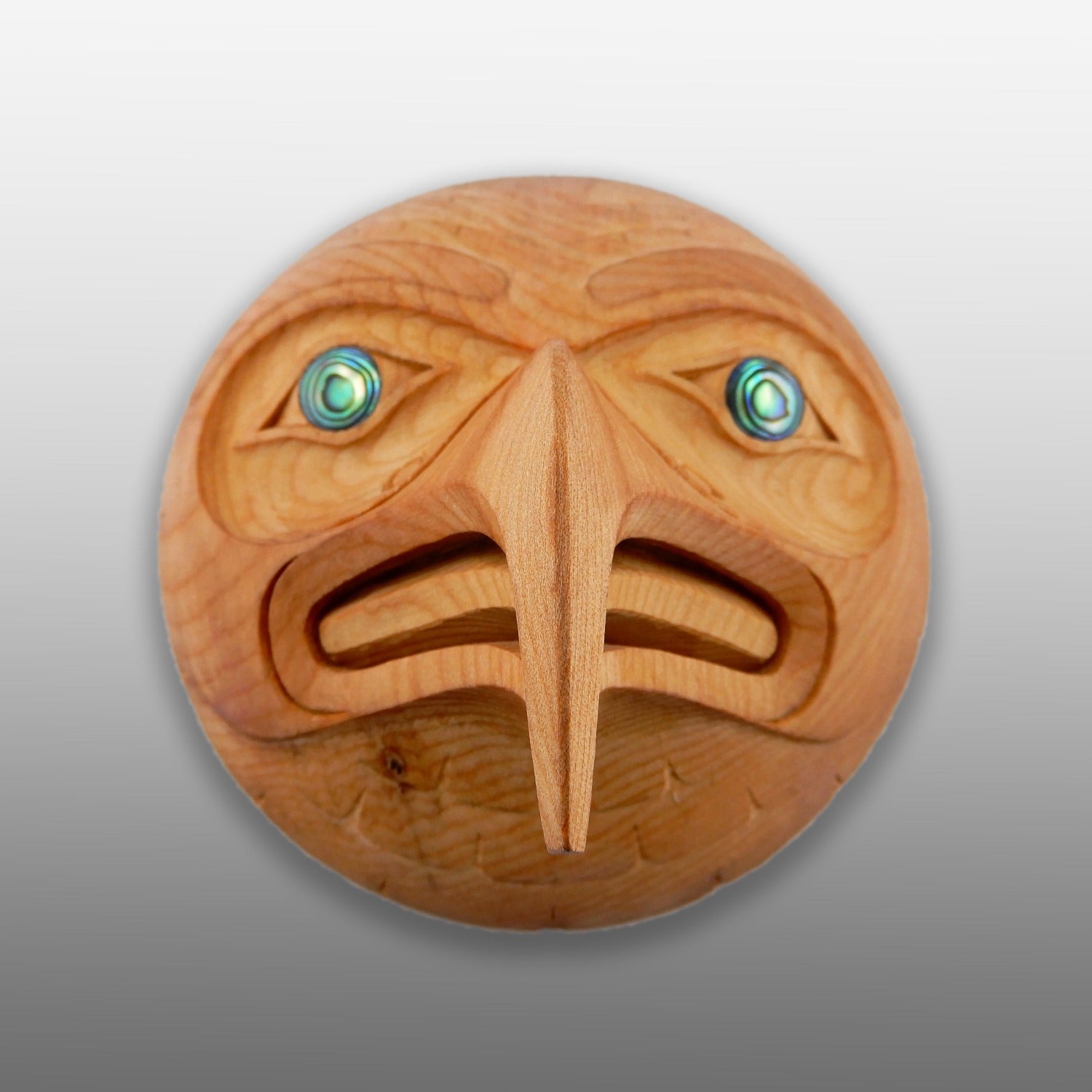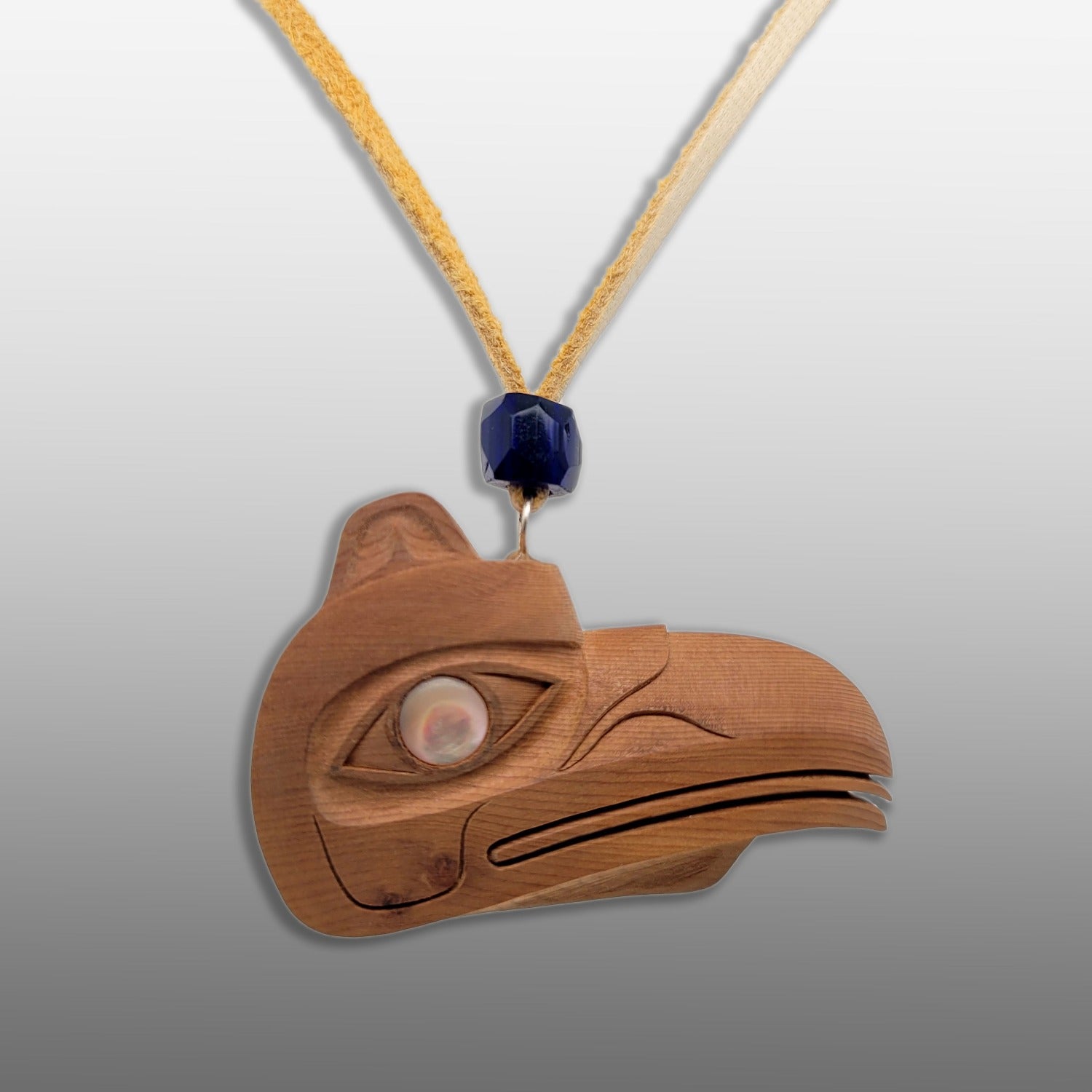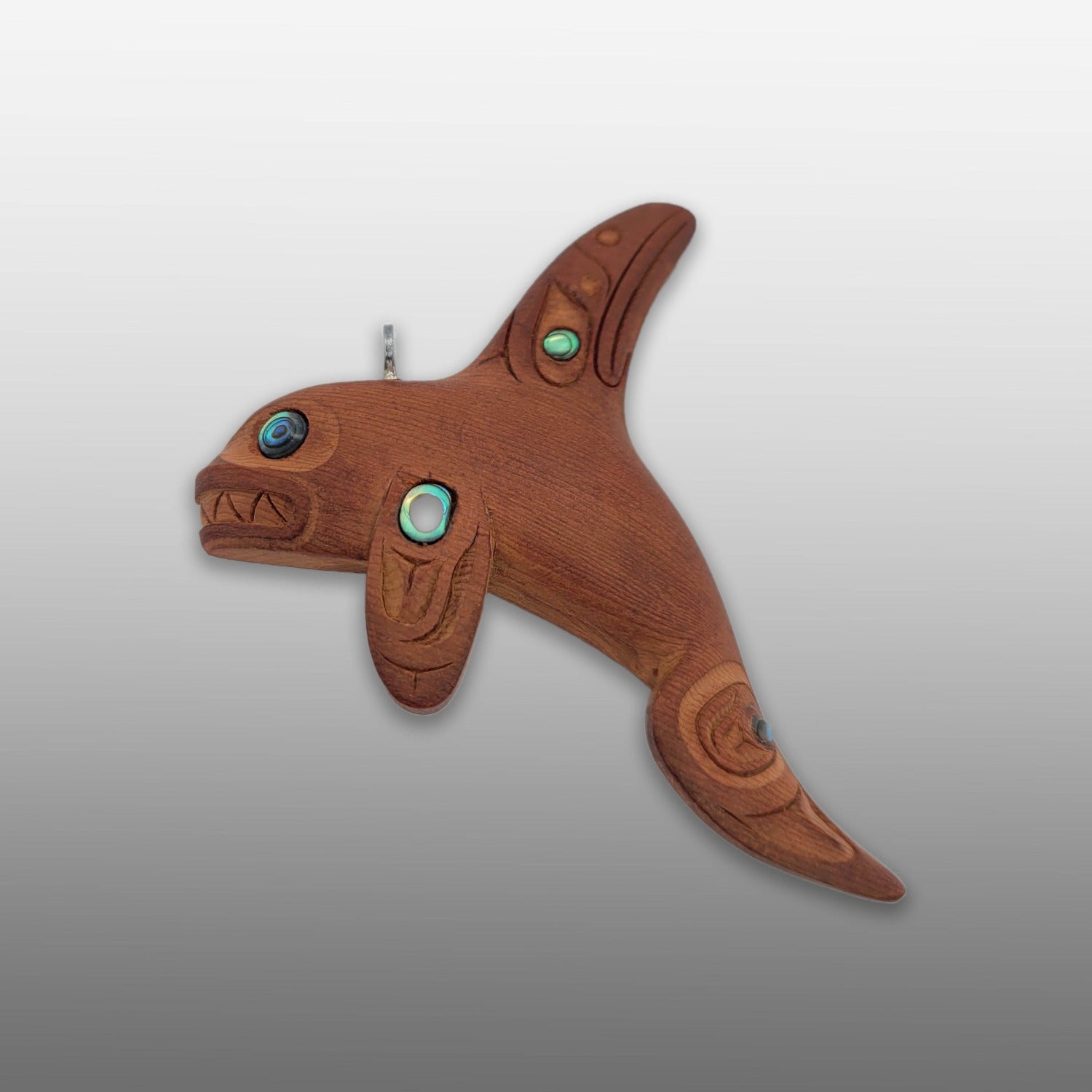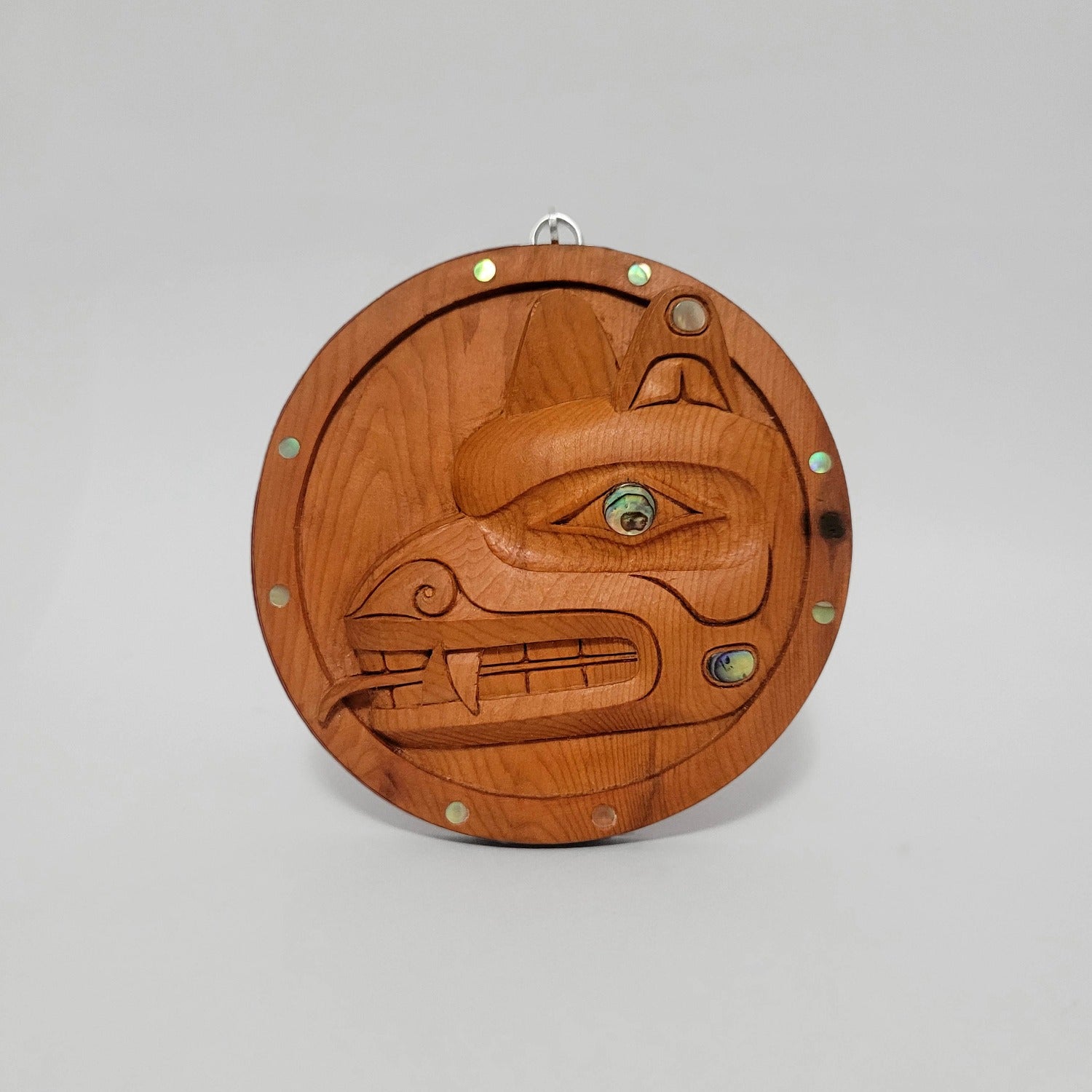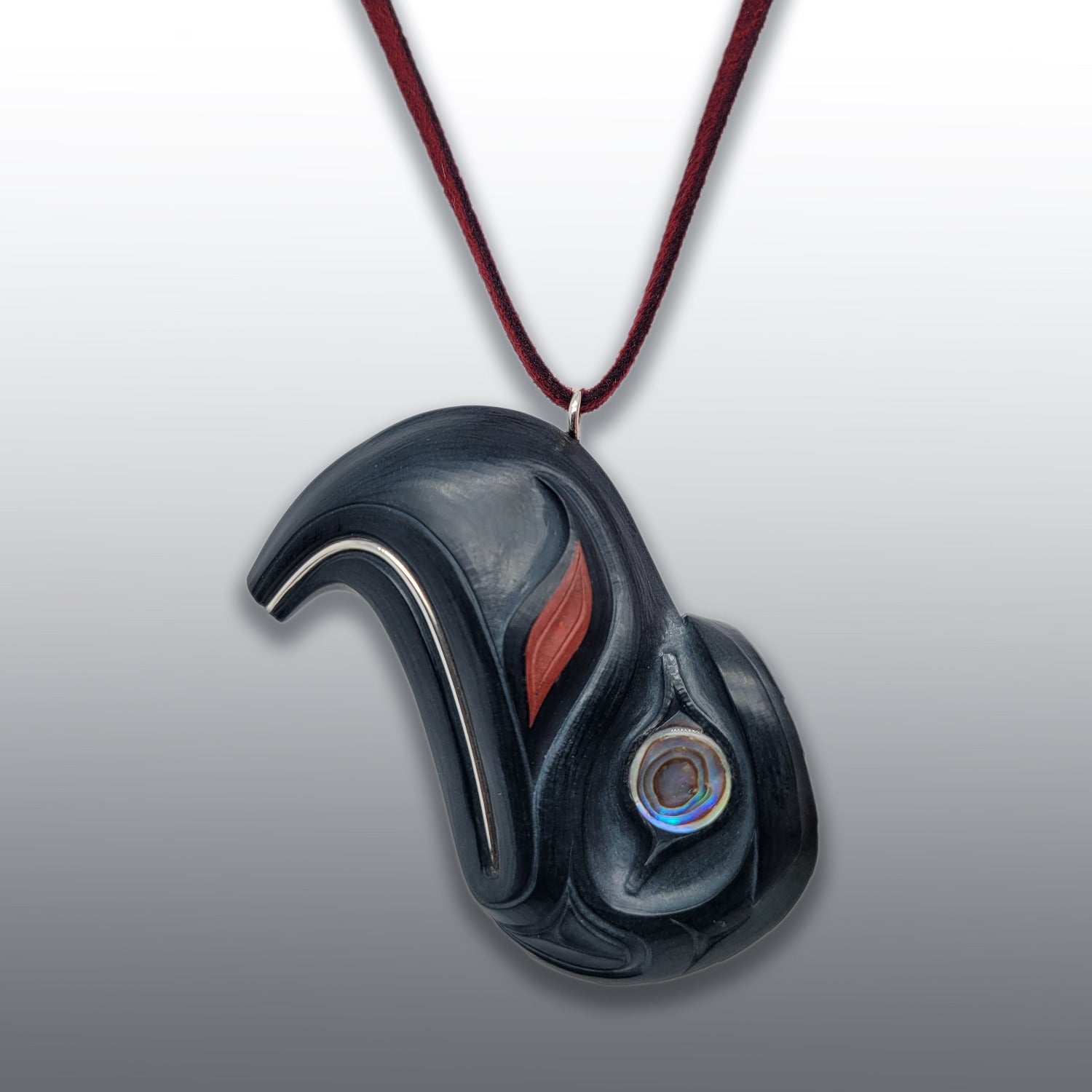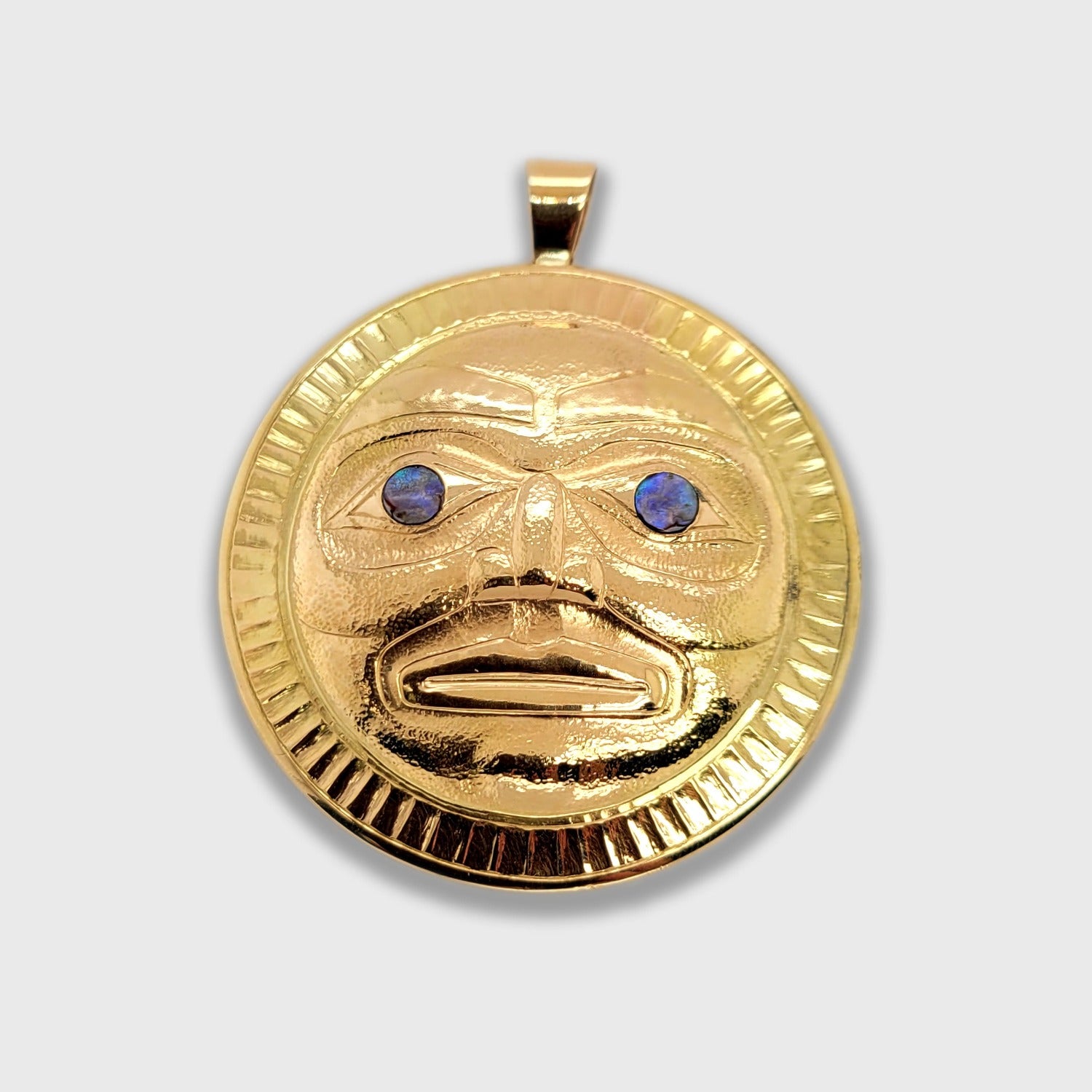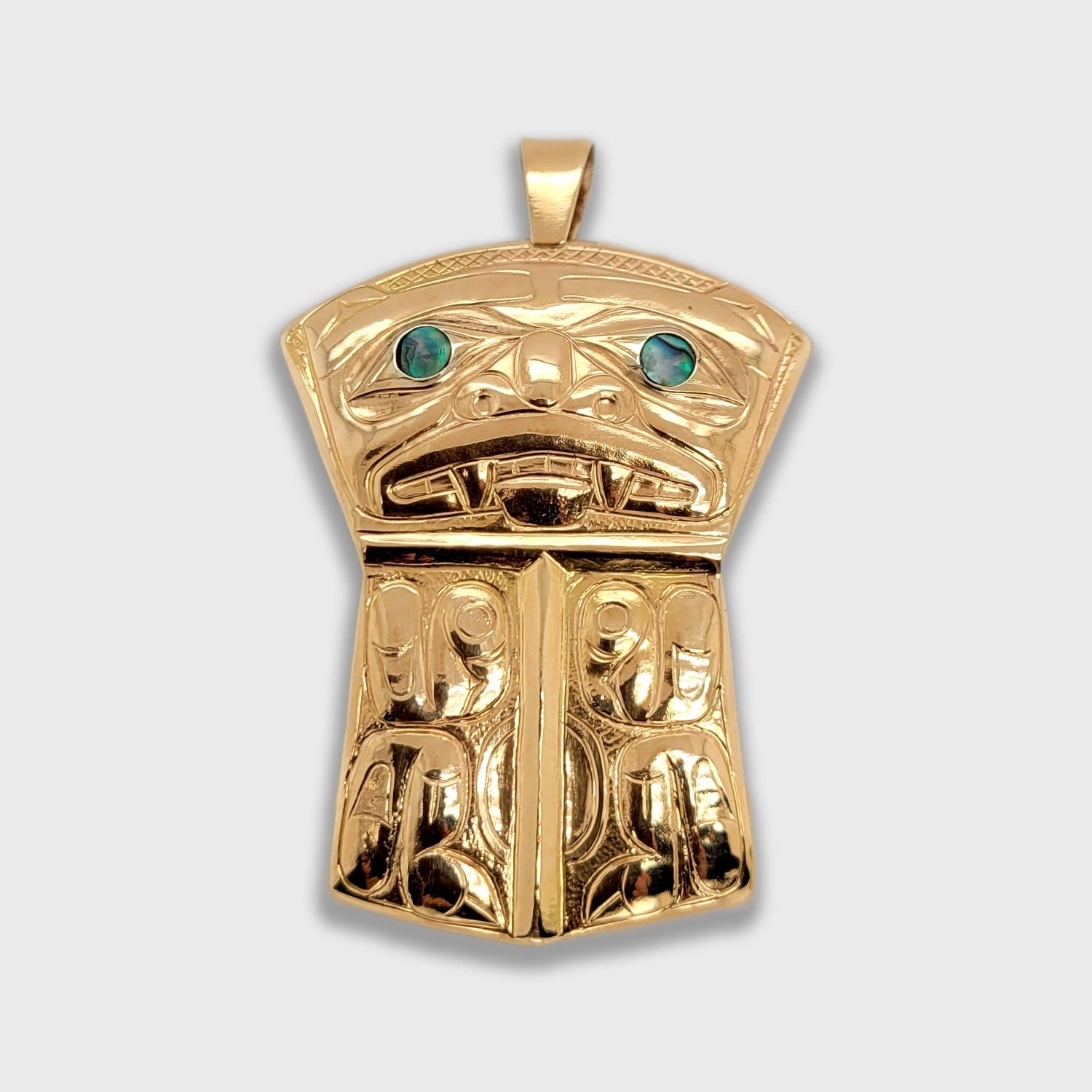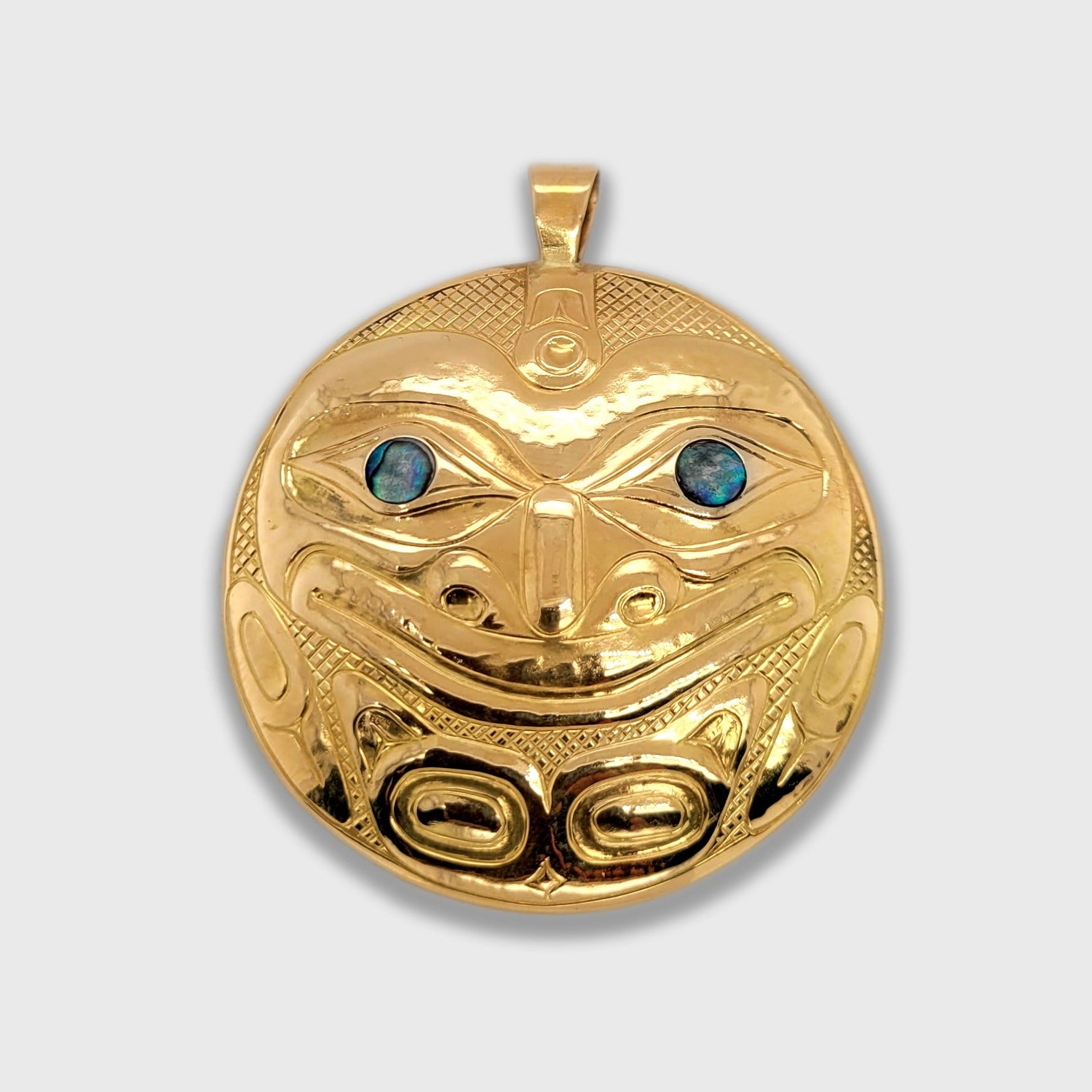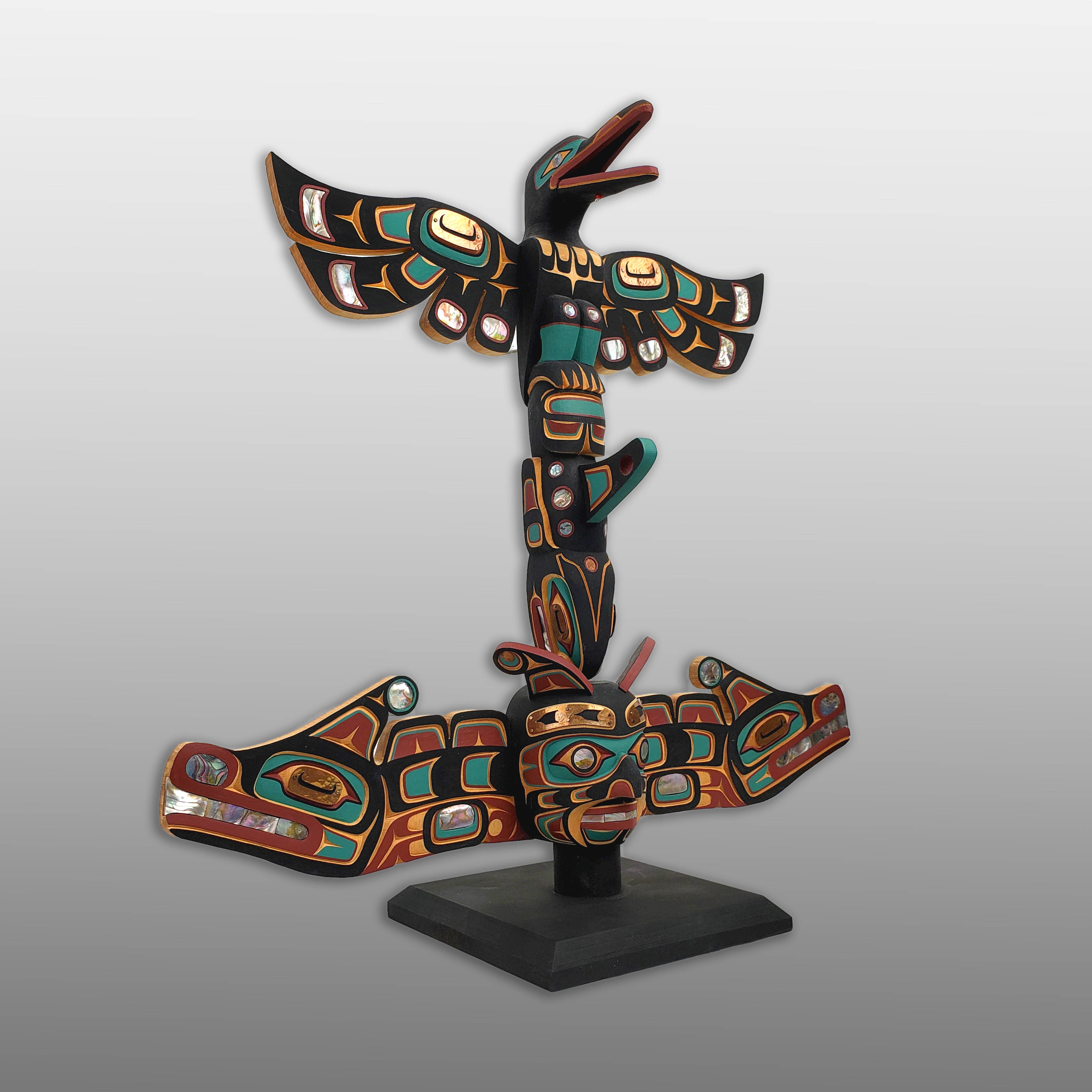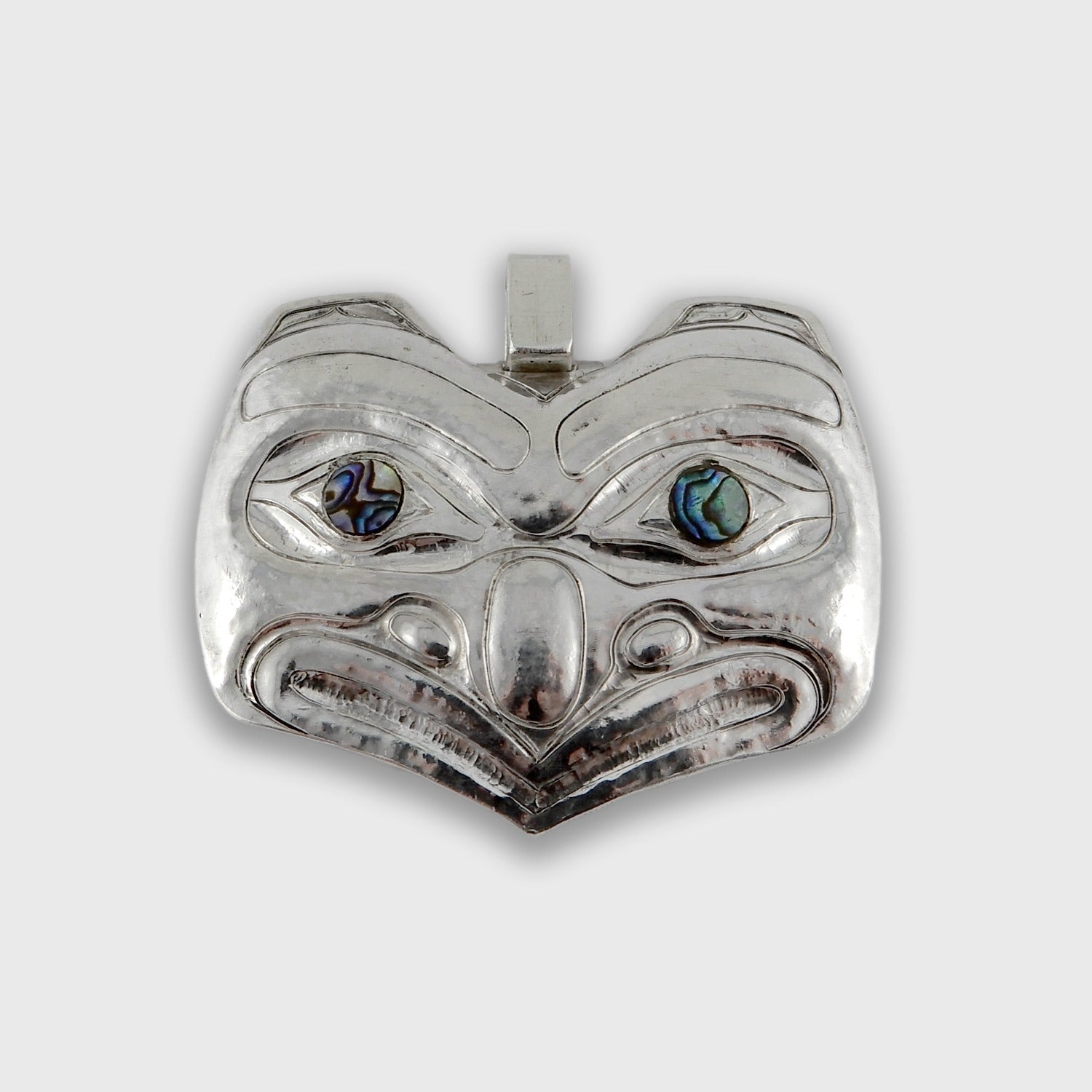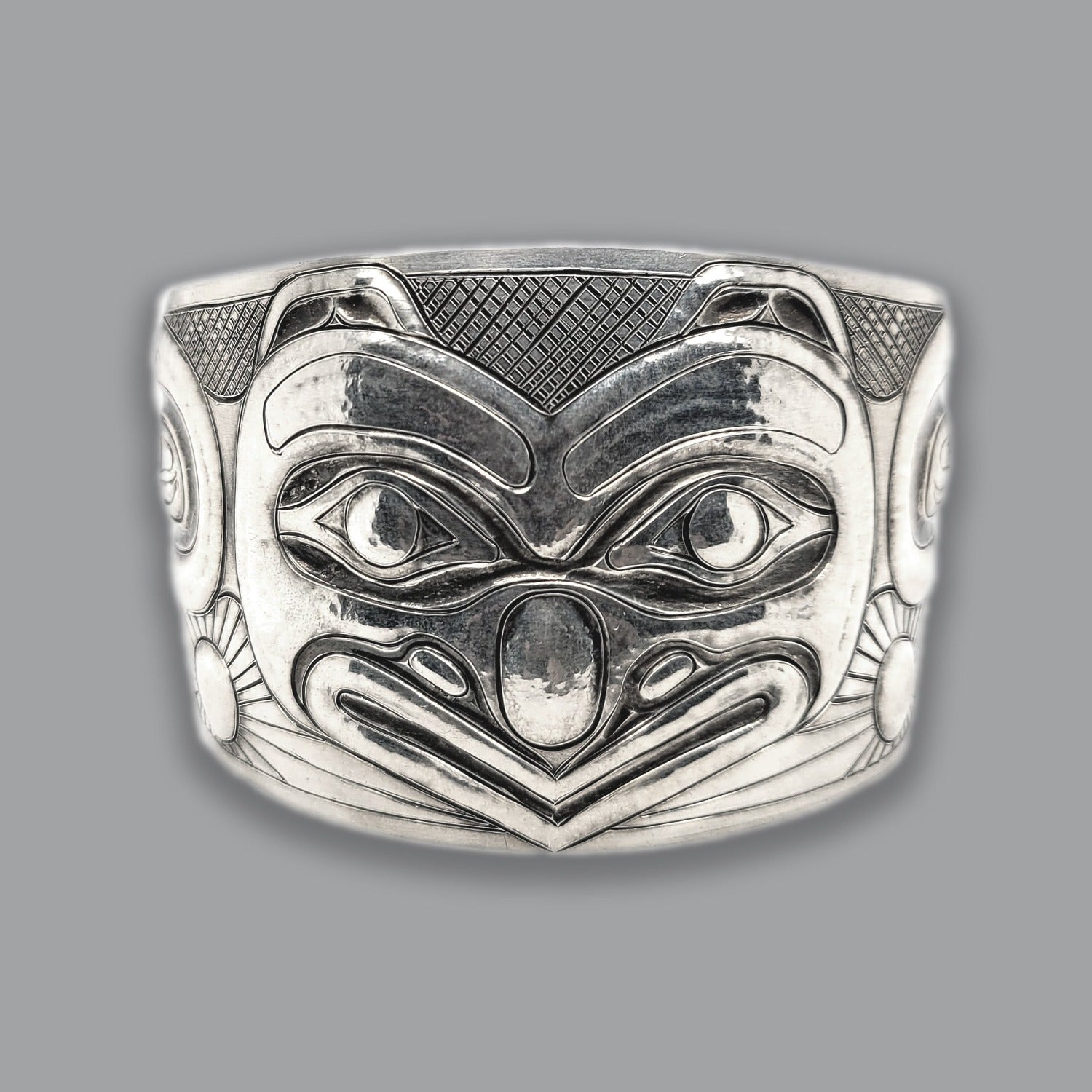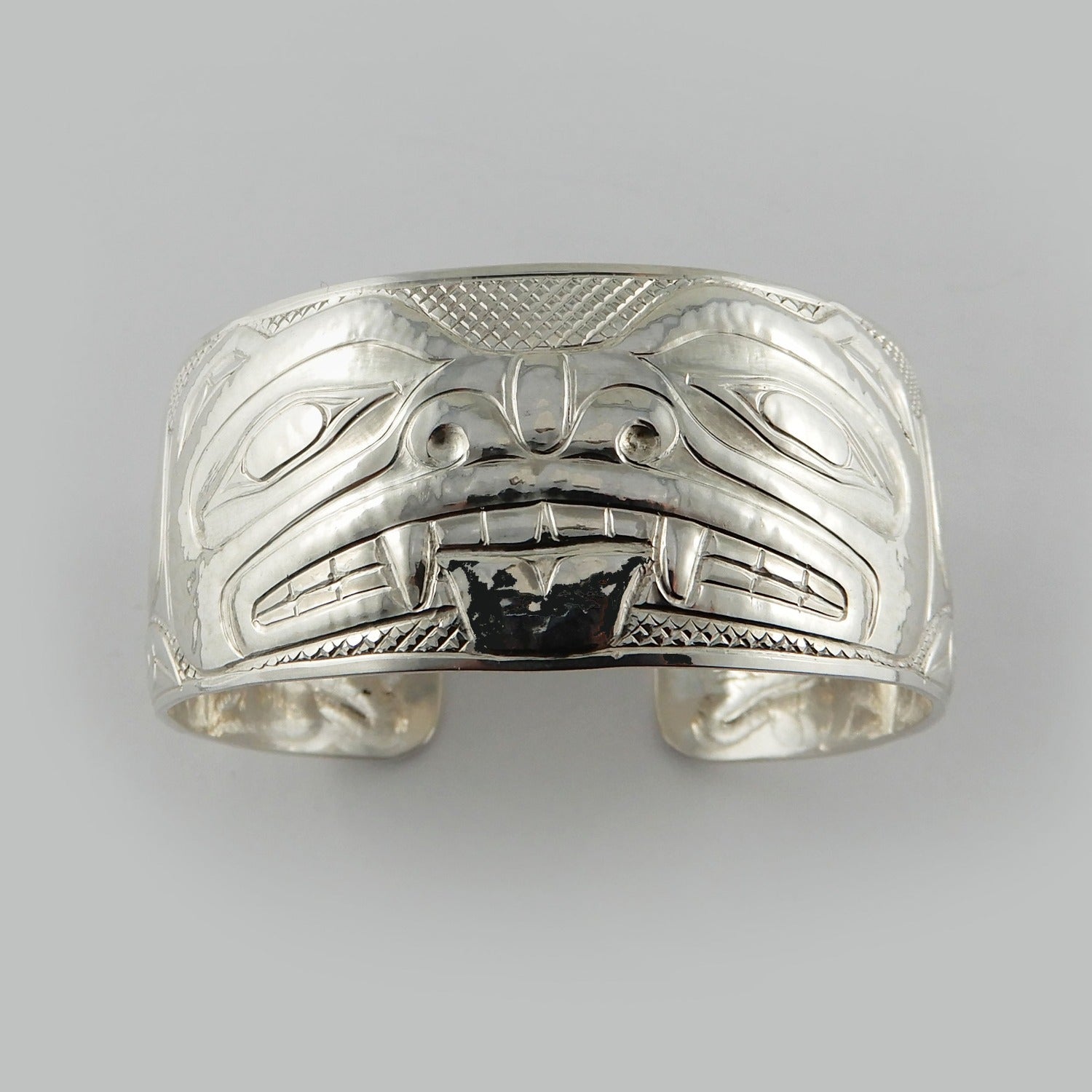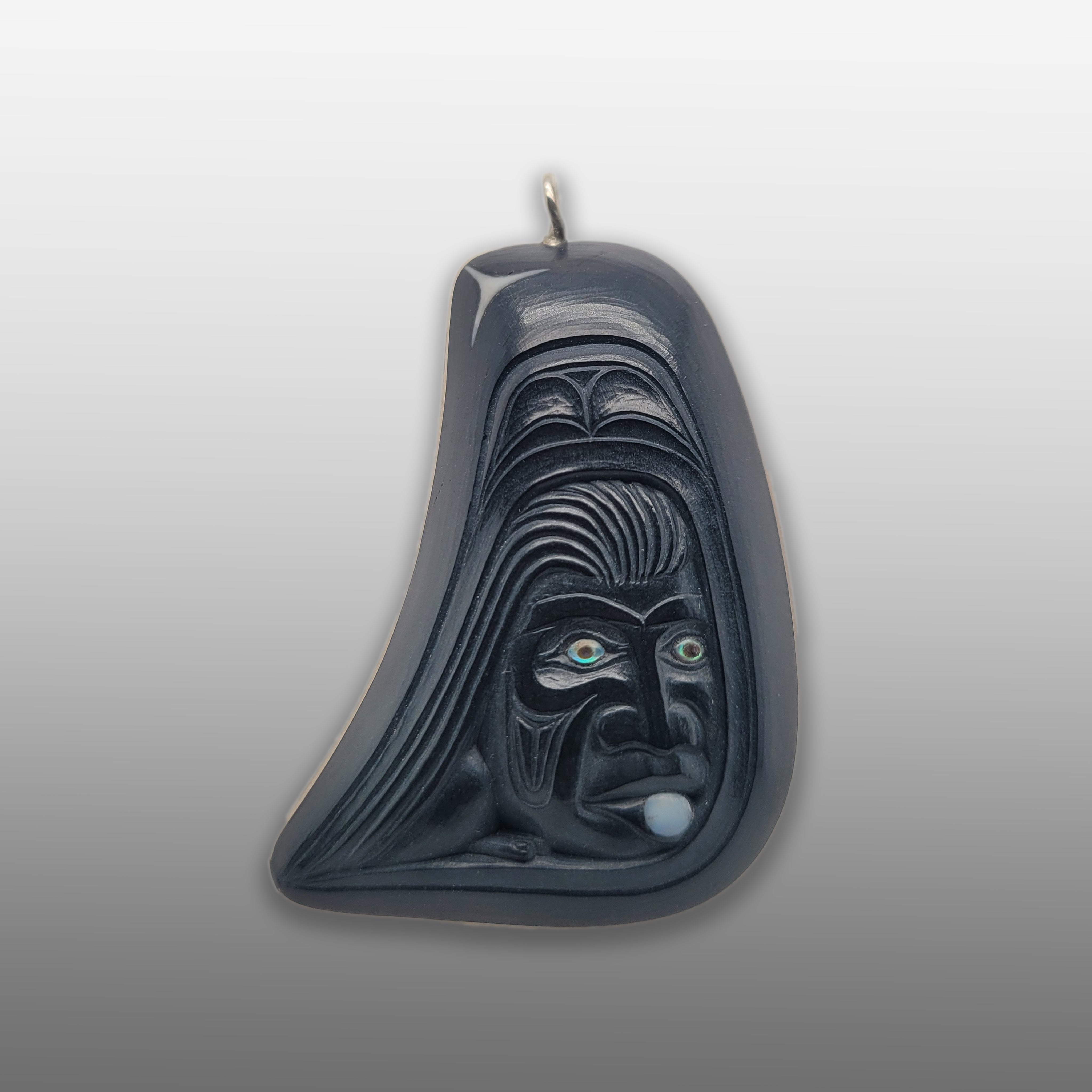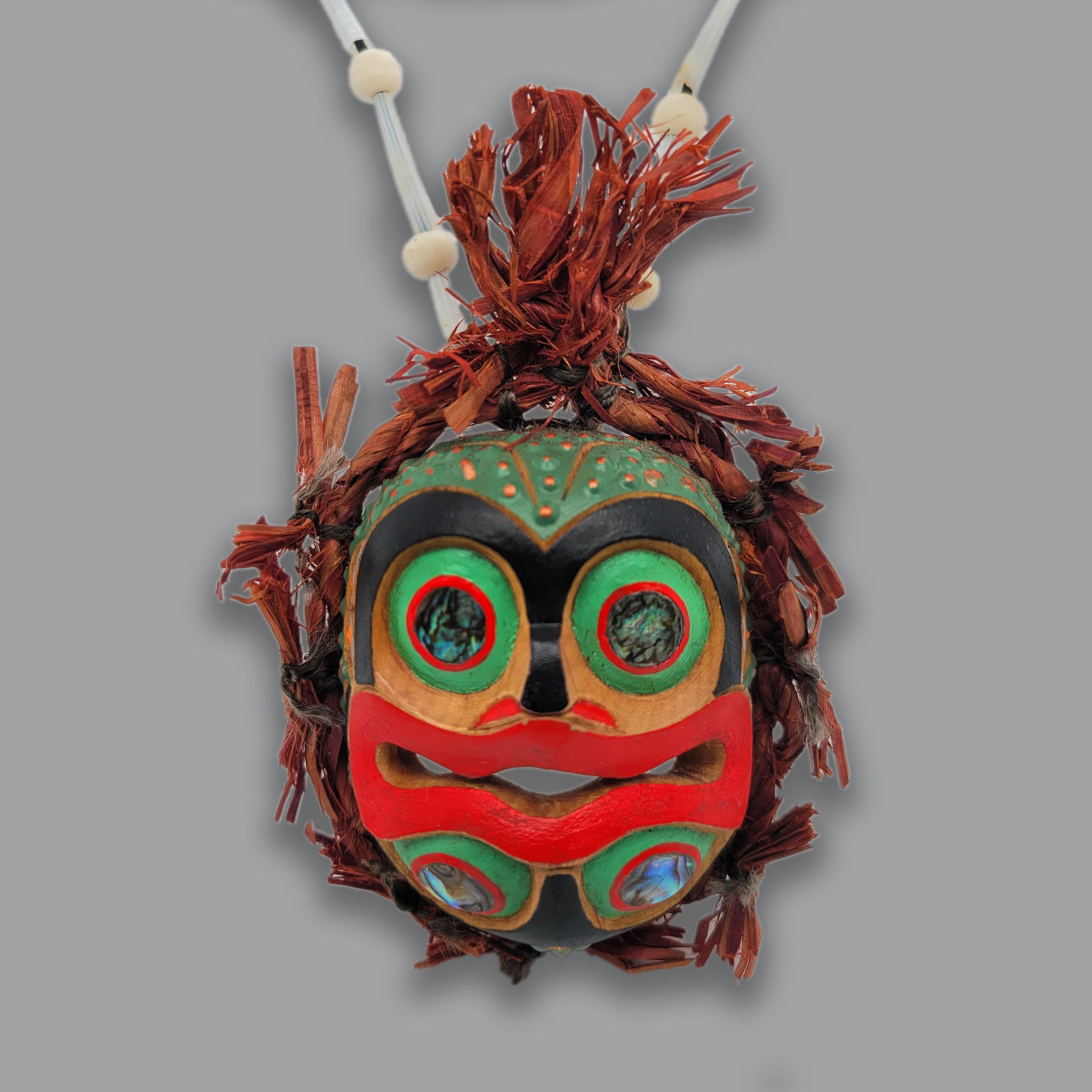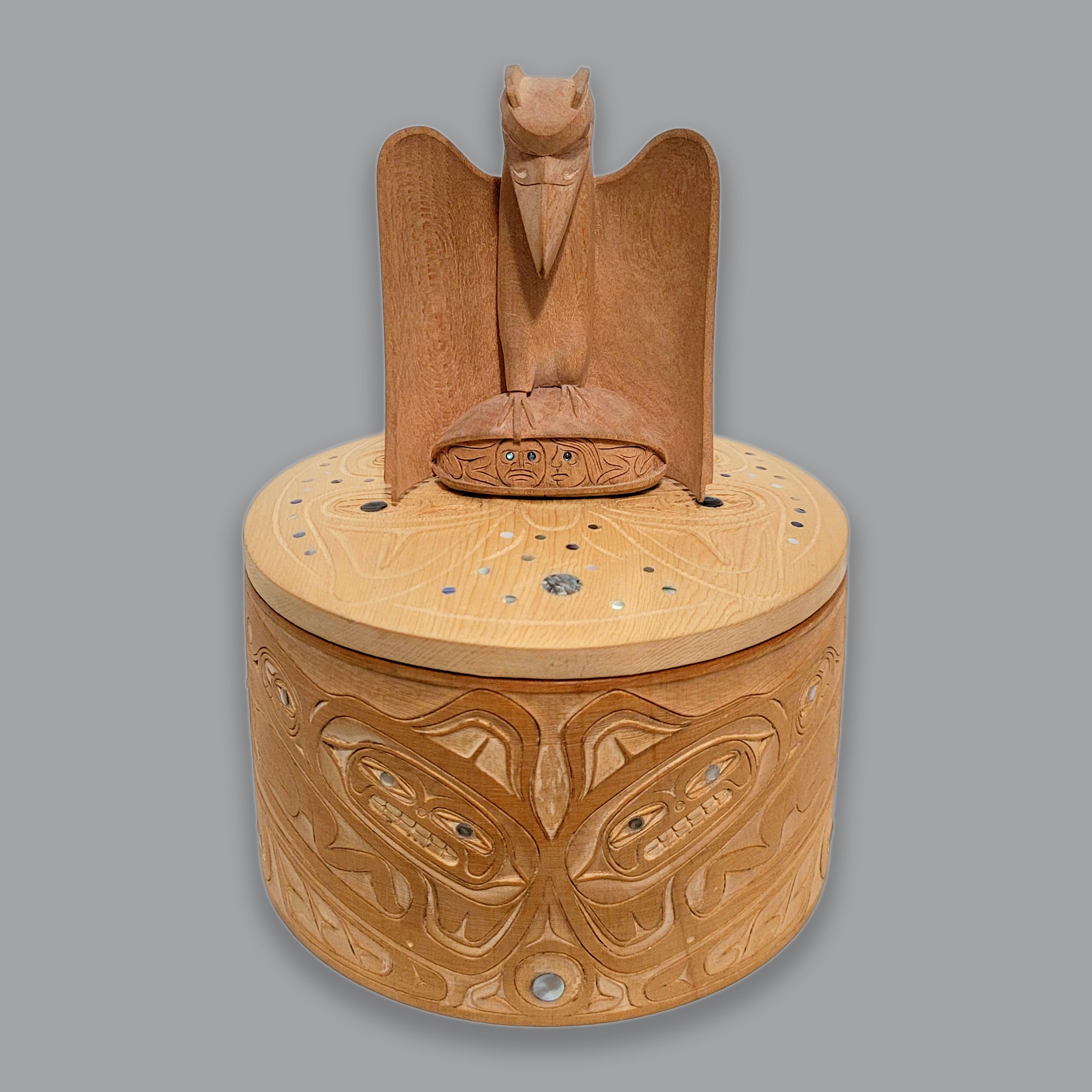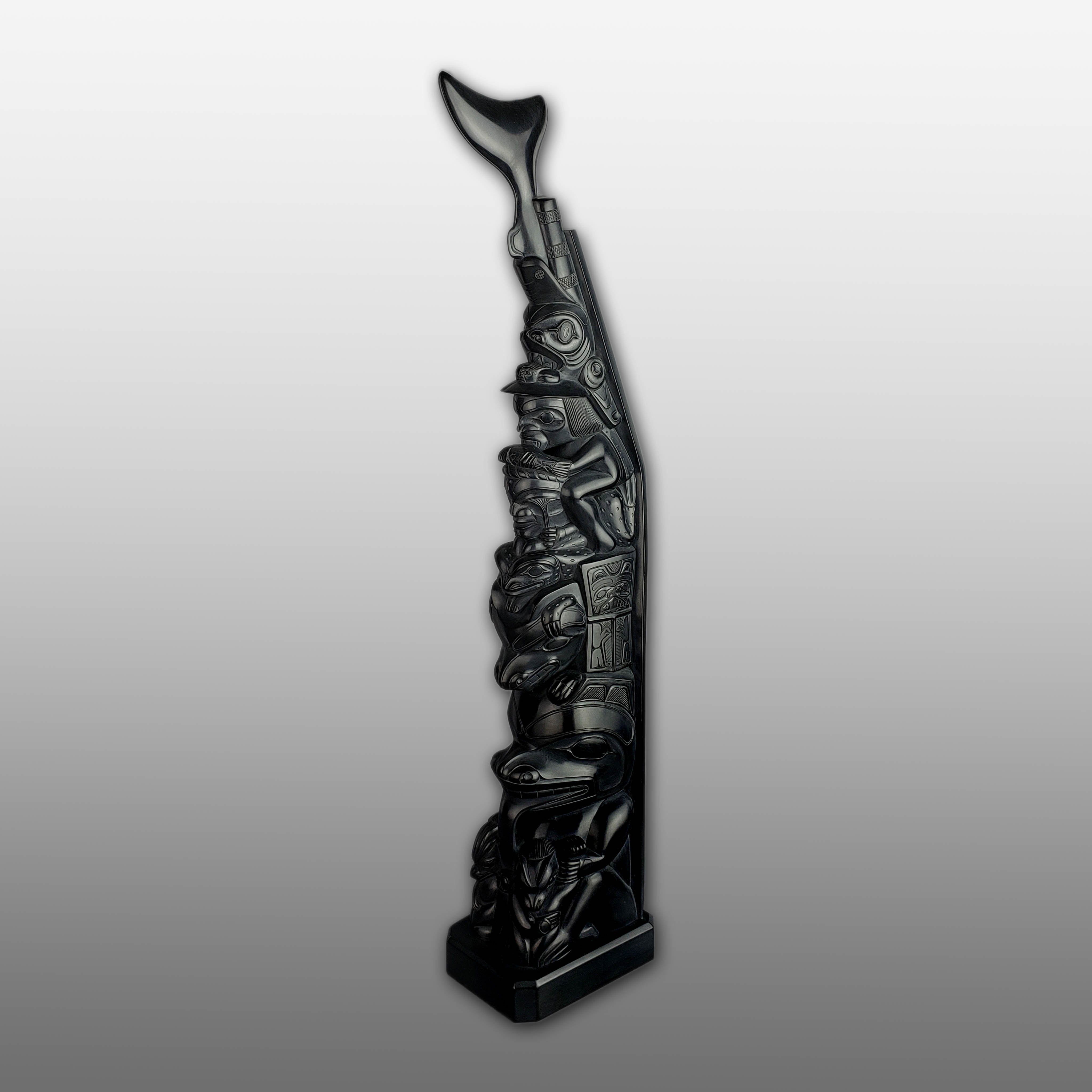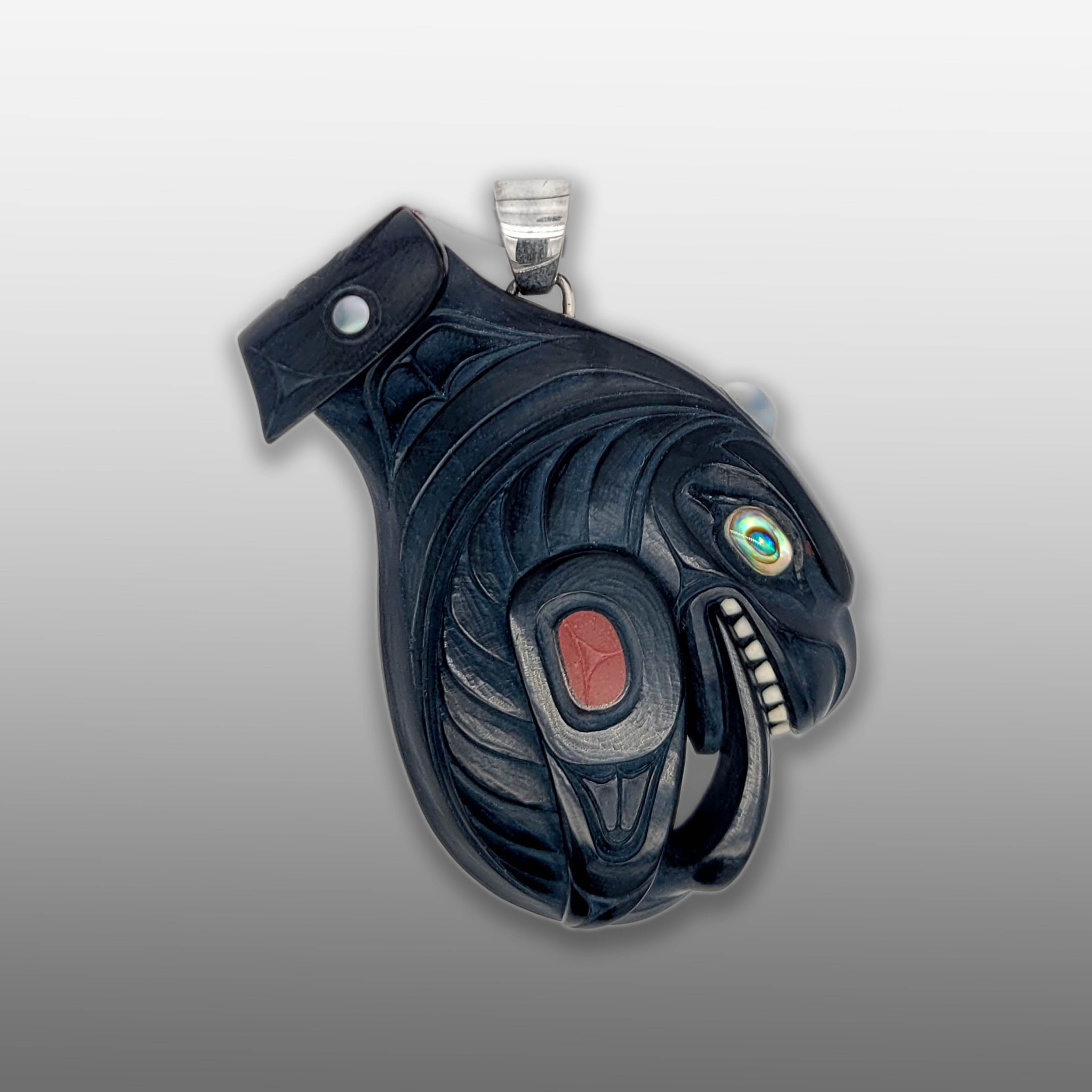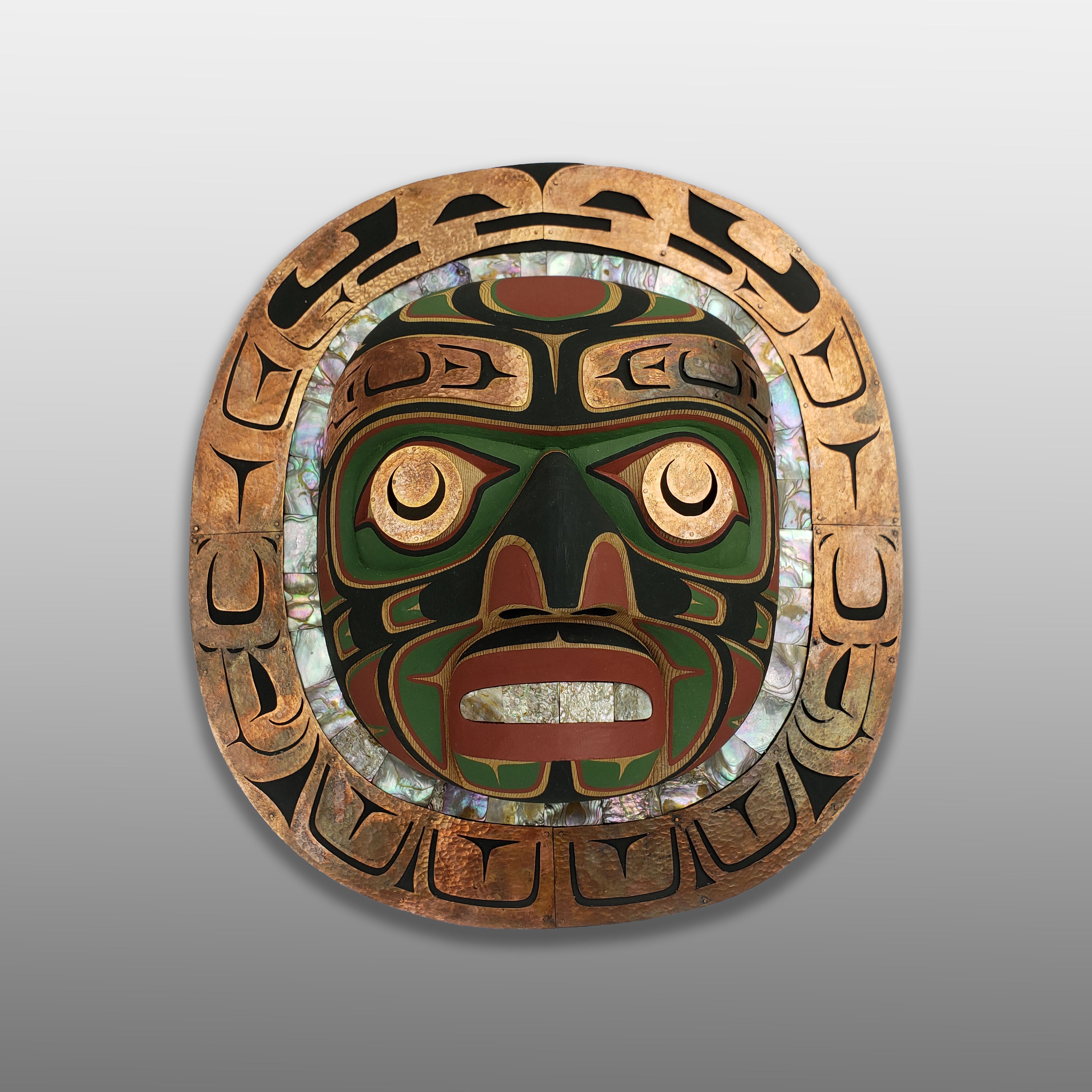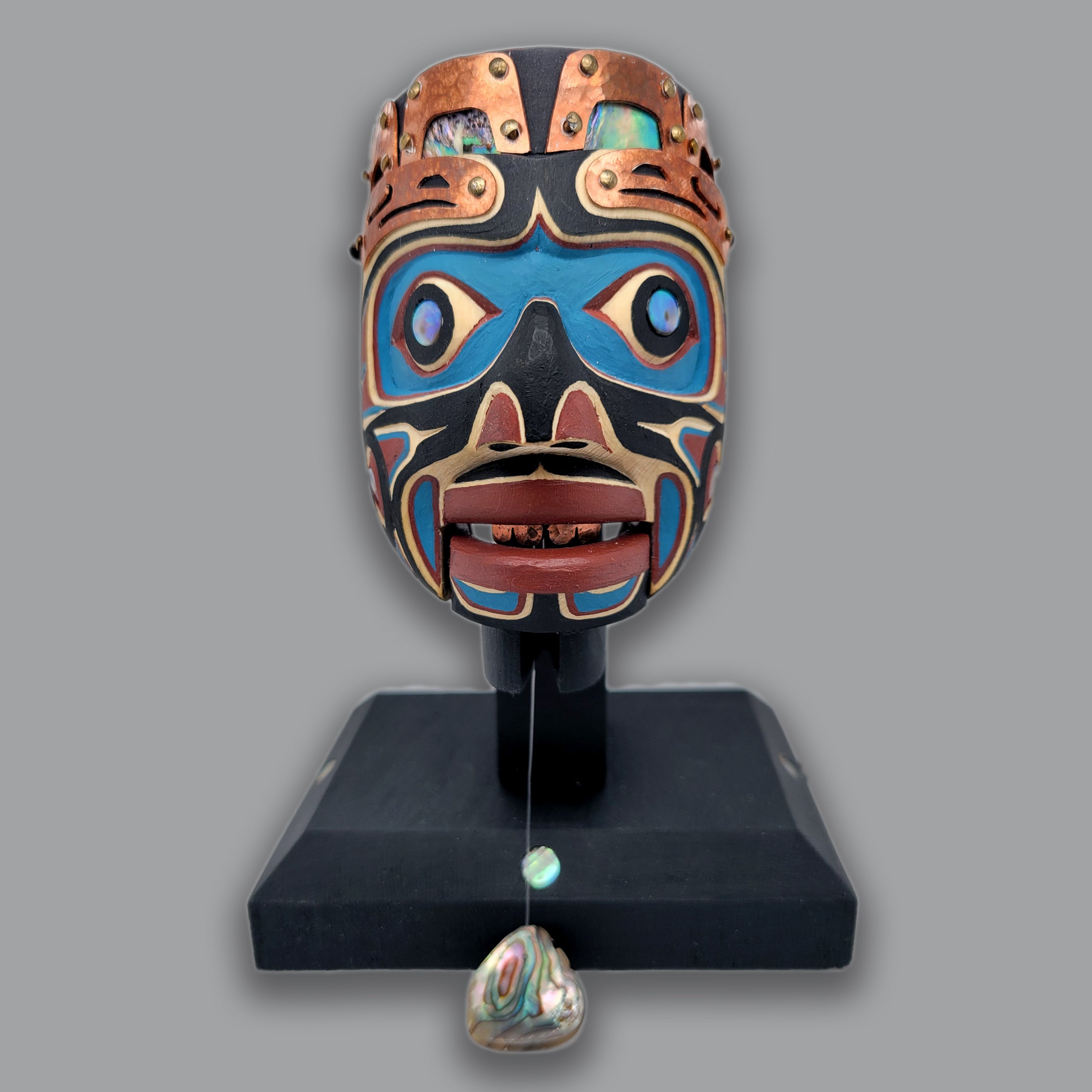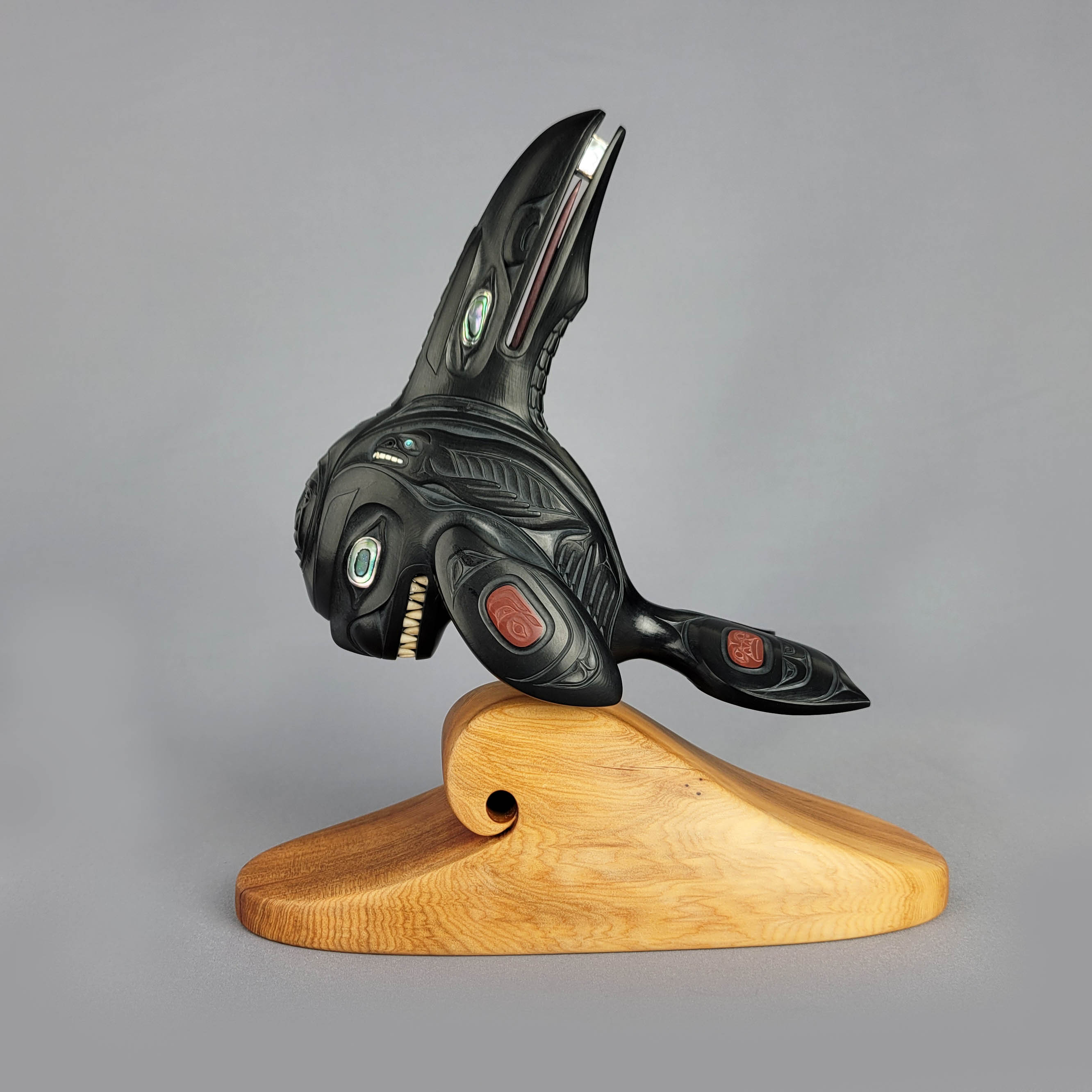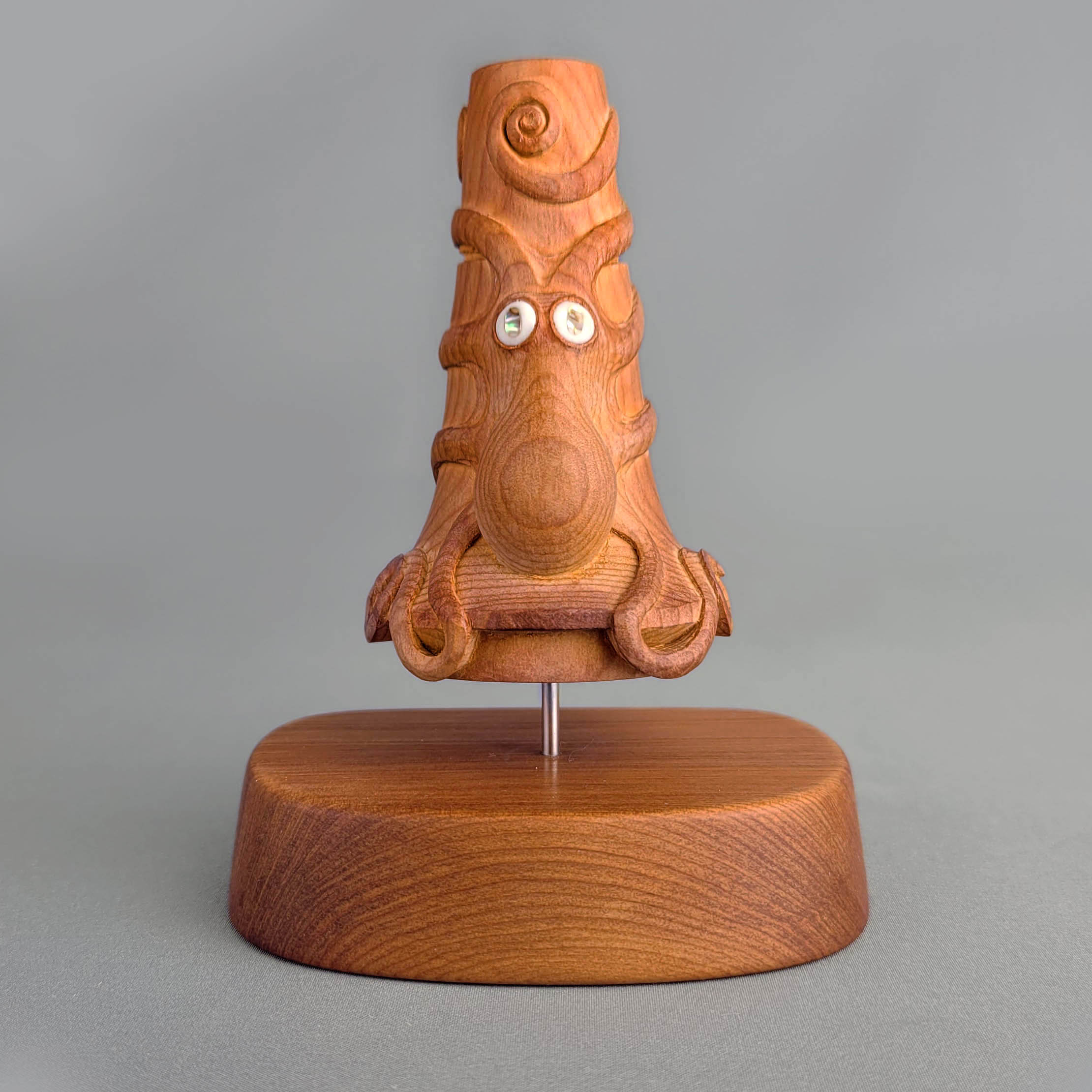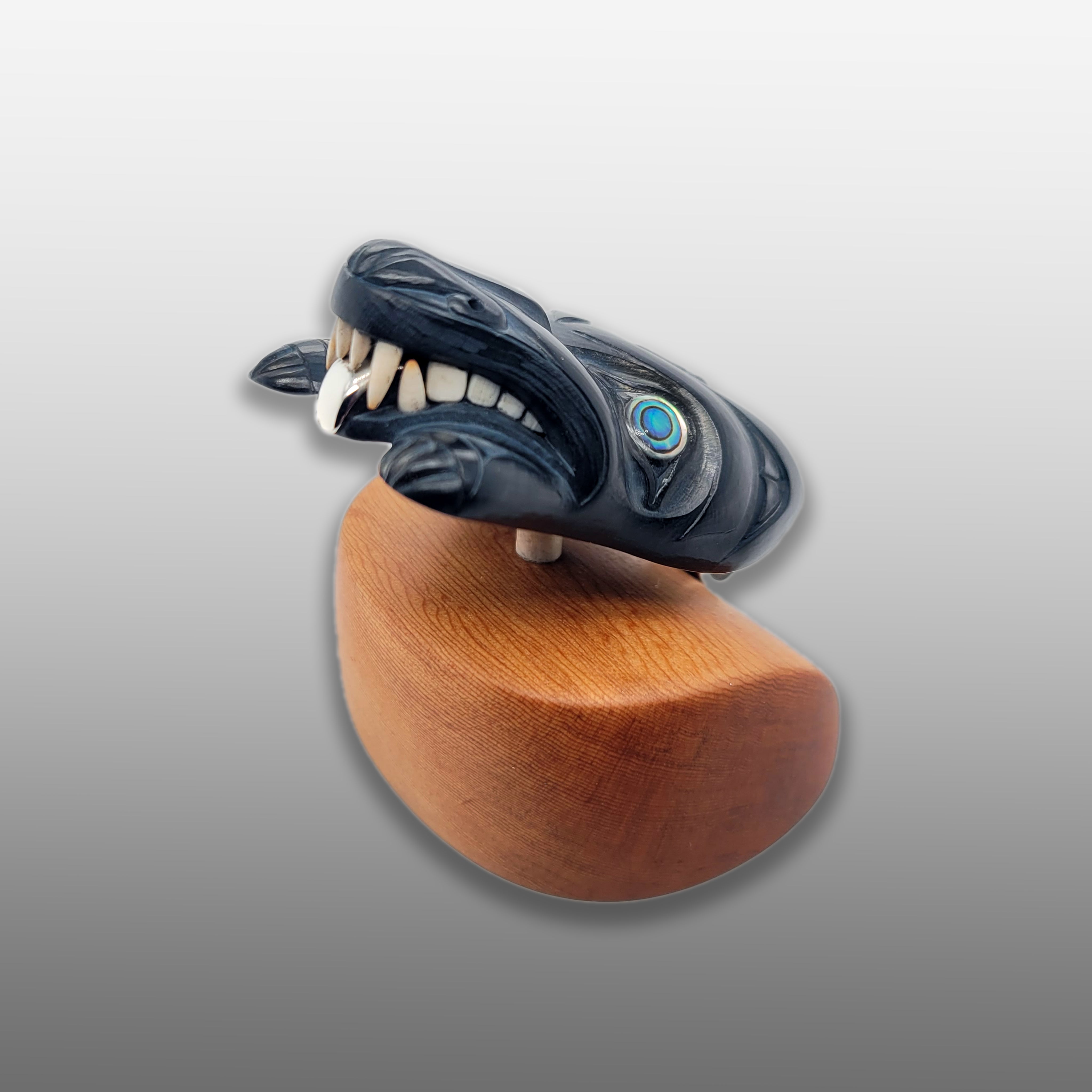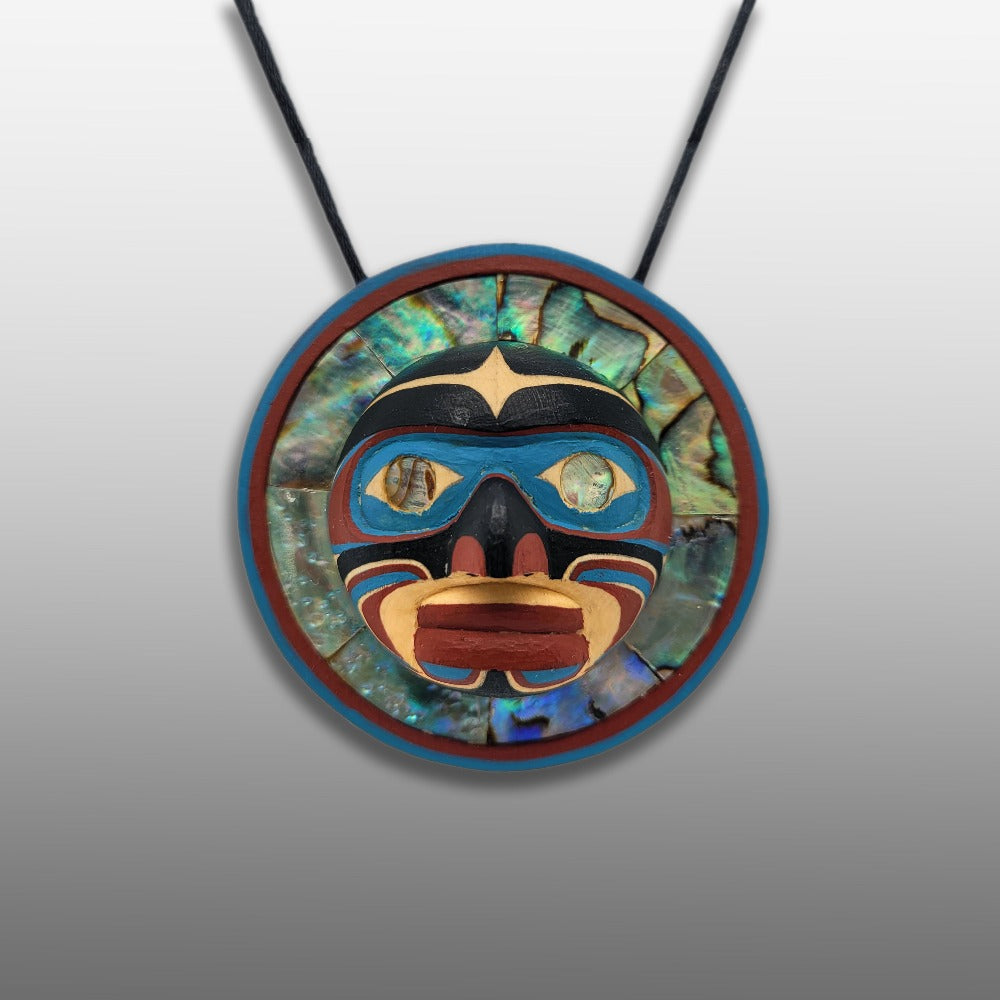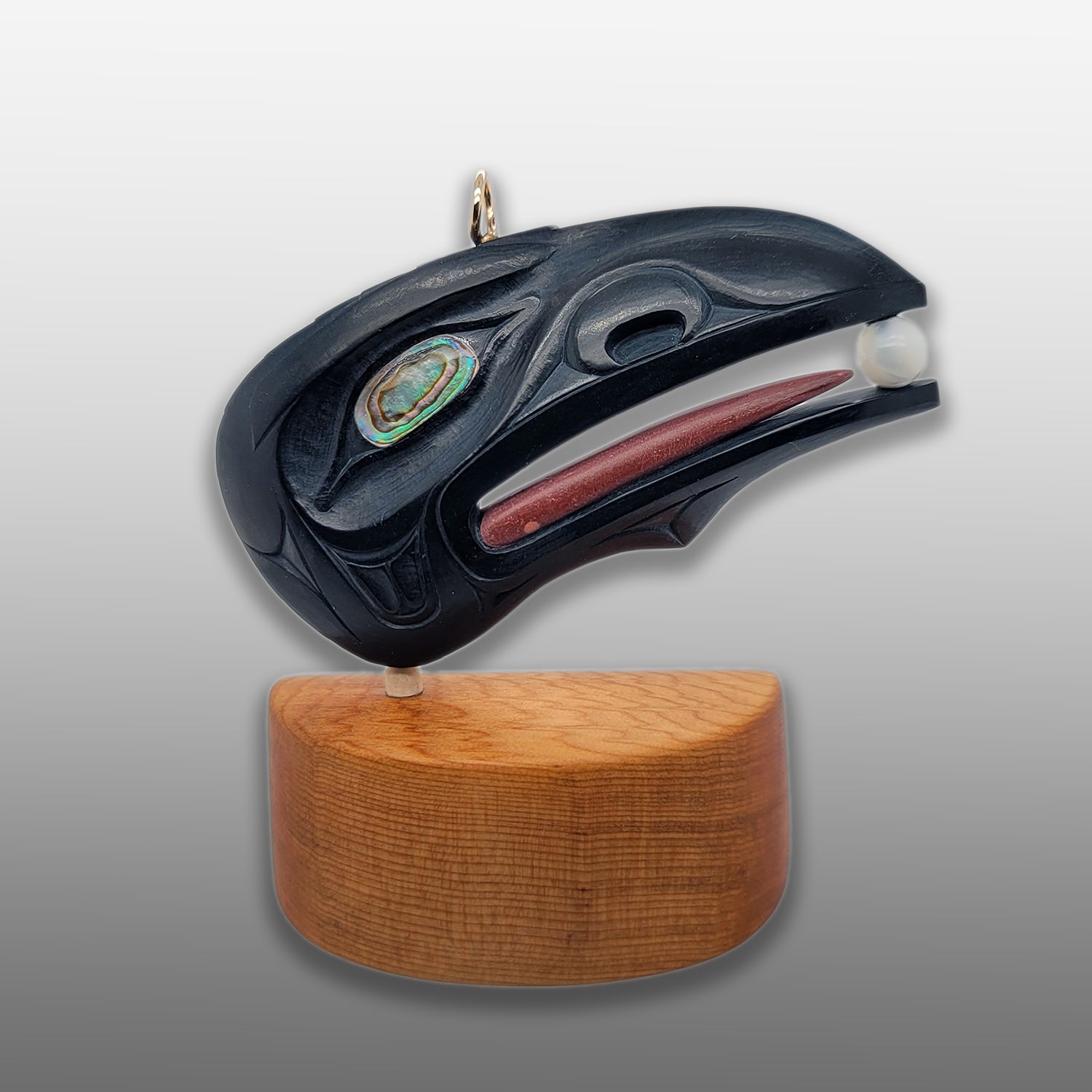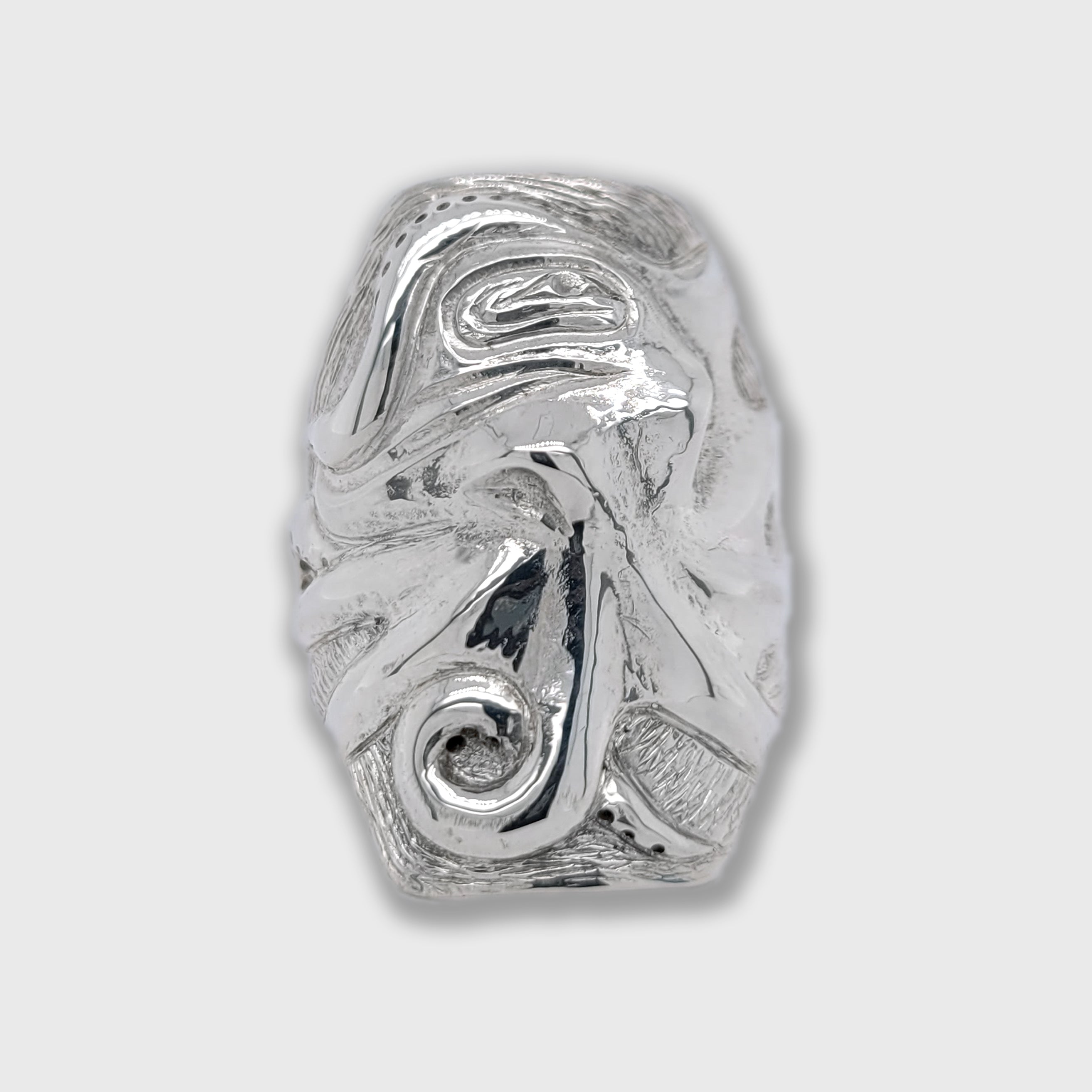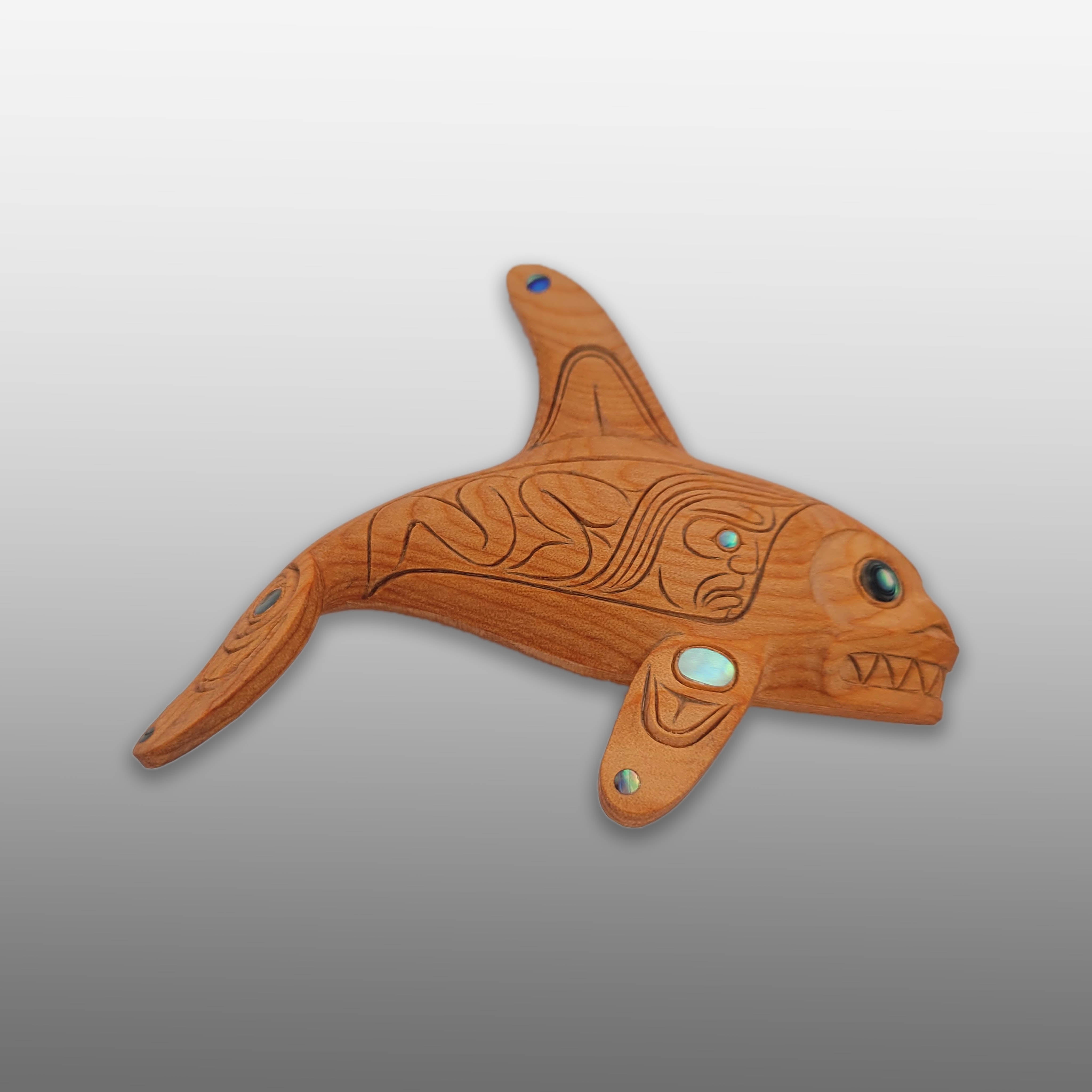Miniatures of the Northwest Coast
September 1st, 2021 - December 31st, 2021
Spirits of the West Coast Art Gallery, 2926 Back Road, Courtenay, BC
It is with great pleasure that we present an exhibition and sale of Pacific Northwest Coast miniature masterworks by some of the most accomplished contemporary Indigenous artists working today. From exquisitely inlaid argillite carvings to monumental miniatures in gold, silver, cedar, yew wood, and copper. The exhibition featuring acclaimed Haida and Kwakwaka'wakw artists is showing now in the gallery and online.




The artists selected for the show are known for their detail-oriented creations that showcase the beauty and complexity of Northwest Coast art on a miniature scale. These creations although small in size, are rich in power, myth, and meaning.
For the Haida, storytelling in stone, and carving the black shale known as argillite, is a rich tradition stretching back over 200 years. We are excited to also showcase a selection of sculptures and model totem poles carved in argillite, including an incredible 24-inch Mother Bear Pole by Haida artist Henry White - truly a monumental miniature.
Beautiful and intricately carved and inlaid works by Haida artist Darrell White are another exhibition highlight. Along with pendants inspired by Haida myths and legends, White has created a marvellous orca sculpture in argillite, representing the Haida legend of Raven Fin. This amazing carving embodies the power and majesty of the Killer Whale and is reminiscent of Bill Reid’s monumental Chief of the Undersea World sculpture, showcased in bronze at the entrance of the Vancouver Aquarium.
Haida mythology is also represented in the artistry and fine knife work of Ron Russ. Russ is another highly accomplished carver who often uses a combination of precious metals, argillite abalone, mother of pearl, as well as many different types of wood to create beautifully detailed amulets, sculptures, carvings, and jewelry.
Acclaimed Kwakwaka’wakw carvers Kevin Daniel Cranmer and Cole Speck’s cedar miniatures shine with colour, charisma, and ornamentation, and provide a small glimpse into the complex ceremonialism and richness of Kwakwaka’wakw culture today.
Exquisite repoussé bracelets and pendants in gold, silver, copper, and abalone crafted by Haida jeweler Derek White add glitter and gold to the mix of fine pieces on show. Derek is renowned for using a repoussé and chased metalworking technique to create beautiful three-dimensional wearable pieces of art that depict Haida myths, crests, and supernatural beings.
And finally, from the most monumental to the most miniature, Haida artist Leon Ridley’s tiny canoe and replica totem poles in yellow cedar and yew wood are joyously detailed. These delightful tiny totem poles will be instantly recognisable to those familiar with the coastal villages of Haida Gwaii.
A legacy of miniatures in Pacific Northwest Coast Art
Today’s contemporary Northwest Coast artists are working in a tradition long-established by generations of artists and carvers before them. Miniature and model versions of monumental art have been created since the very beginning and used for a variety of purposes. These early works have left a powerful legacy of artistic styles, iconography, and cultural knowledge for the artists who came after them.
The great 19th century Haida artist and Chief Charles Edenshaw created some of the most beautiful carvings, model argillite poles, and jewelry ever made. These pieces are collected by some of the world’s greatest museums from Vancouver to New York, to London, and Berlin. For Edenshaw, these carvings were a way of earning a living, but also a way of transferring knowledge by recording Haida oral histories during a turbulent period of epidemics, missionary activity, cultural suppression, and social upheaval on the Northwest Coast. Edenshaw’s artistic legacy has inspired generations of Northwest Coast artists and contributed to a major revival of Northwest Coast art over the past seventy-five years.
One of the key figures in this revival was Edenshaw’s great-great-nephew Bill Reid. Reid was instrumental in reviving the Haida art form and would go on to become one of Canada’s most celebrated artists and cultural icons. As part of his artistic process, Bill Reid would carve miniature sculptures depicting supernatural Haida beings and legends. These exquisite small carvings were then scaled up into maquettes that were used to create his monumental sculptures – his iconic ‘Chief of the Undersea World’, and ‘Raven and the First Men’ sculptures were both carved in boxwood as miniatures.
Creating miniature works in wood and in stone also enables artists to innovate and experiment using different materials before scaling up. Sculptors must be especially careful and anticipate all aspects of the form before casting, carving, or constructing their works.
Along with Bill Reid, the Haida artist Fred Davis was another master miniaturist who excelled at creating small masterpieces. Davis carved for over thirty years working in a variety of media, including gold, silver, mastodon ivory, wood, and argillite. His exceptional creative vision and technical ability made him one of the most significant artists of his generation. Today, unfortunately, most of Fred Davis’ masterpieces are hidden away in private collections, since he sold the vast majority of his work directly to individual collectors. This helps to explain why his phenomenal work is only known and appreciated by a select few collectors, gallery owners and museums, or by his fellow artists that knew his work and genius.
Walter Stolting, co-owner of Spirits of the West Coast Gallery has fond memories of Fred Davis. “On my yearly visits to Haida Gwaii, I always visit many of the local carvers. Before Fred passed away in 2014, I often visited him, to watch him carve and listen to the stories that inspired his carvings. I would get goose bumps just looking at his pieces. They always touched me to my core and reminded me of how fortunate I am to represent these wonderful master carvers, that are able to depict the essence of their heritage and culture in such a meaningful and beautiful way. Fred Davis was one of the most talented contemporary Northwest Coast artists of the last 100 years, whose works have yet to be appropriately recognized and celebrated. We are delighted to feature one of his elegant and powerful sculptures in the exhibition.”
The miniature form is perhaps best exemplified in contemporary Northwest Coast jewelry that incorporates intricately embellished details in gold, silver, ivory, and abalone. This cultural and ceremonial form of adornment has long been used to display wealth and high standing. Hand-carved and inlaid pendants, amulets, brooches, and carved gold and silver bracelets were often gifted at potlatches and cultural celebrations. Today these miniature treasures can be enjoyed and worn as beautiful, wearable works of art.
Everyone is welcome to enjoy these wonderful miniature masterpieces. Admission is free, and we encourage everyone to bring a non-perishable food donation for our Fall Comox Valley Food Bank Drive. Every donor will be entered into our draw for a gift bag valued at $250.
Miniatures of the Northwest Coast is presented in a physical and virtual format. The exhibition and sale opens to the public on September 1st, 2021 – following COVID-19 safety protocols – at 2926 Back Road, Courtenay, BC.
Tips to navigate our virtual gallery:

If you have a VR headset you can even visit and explore our collection in 3-D virtual reality!





